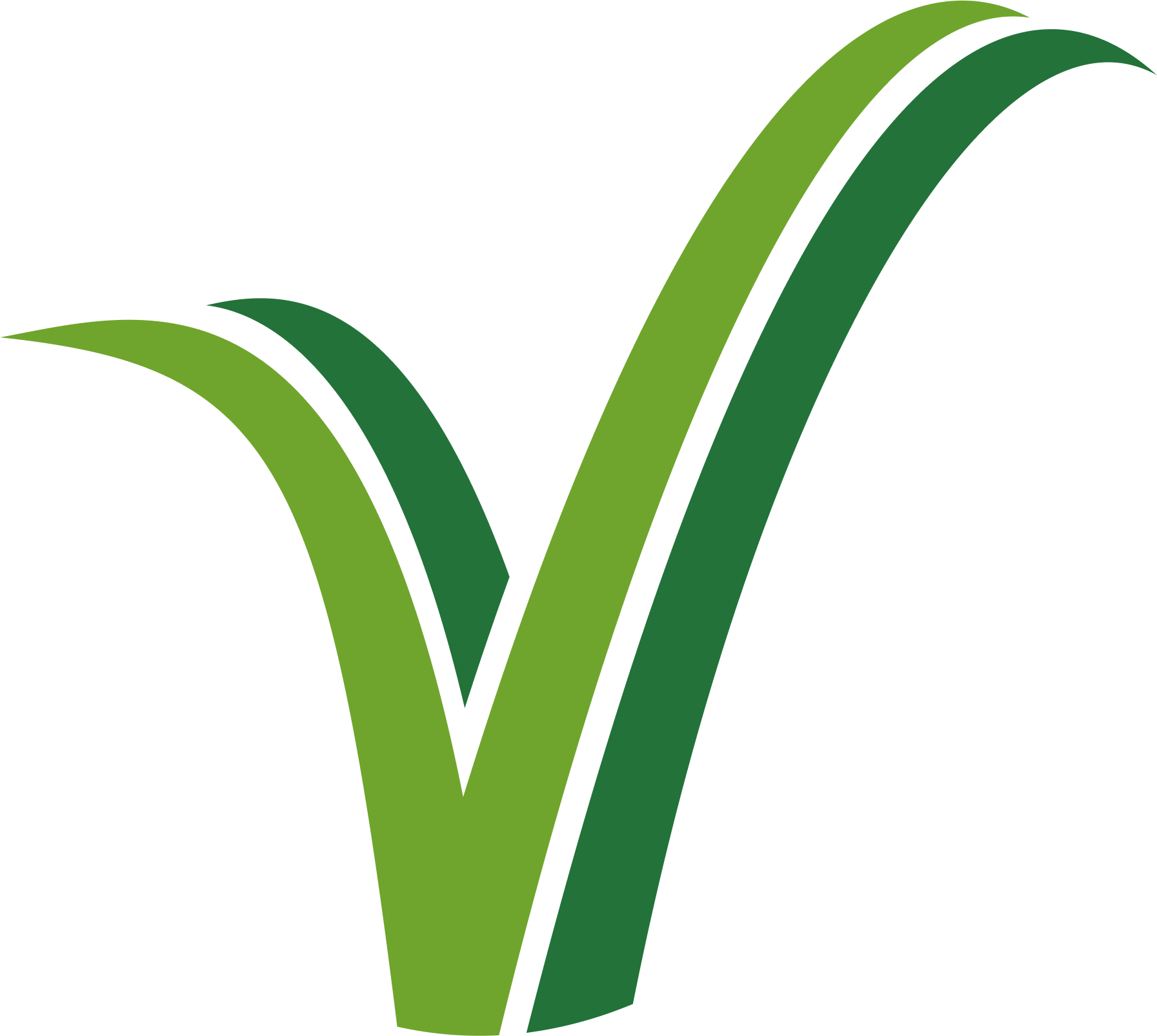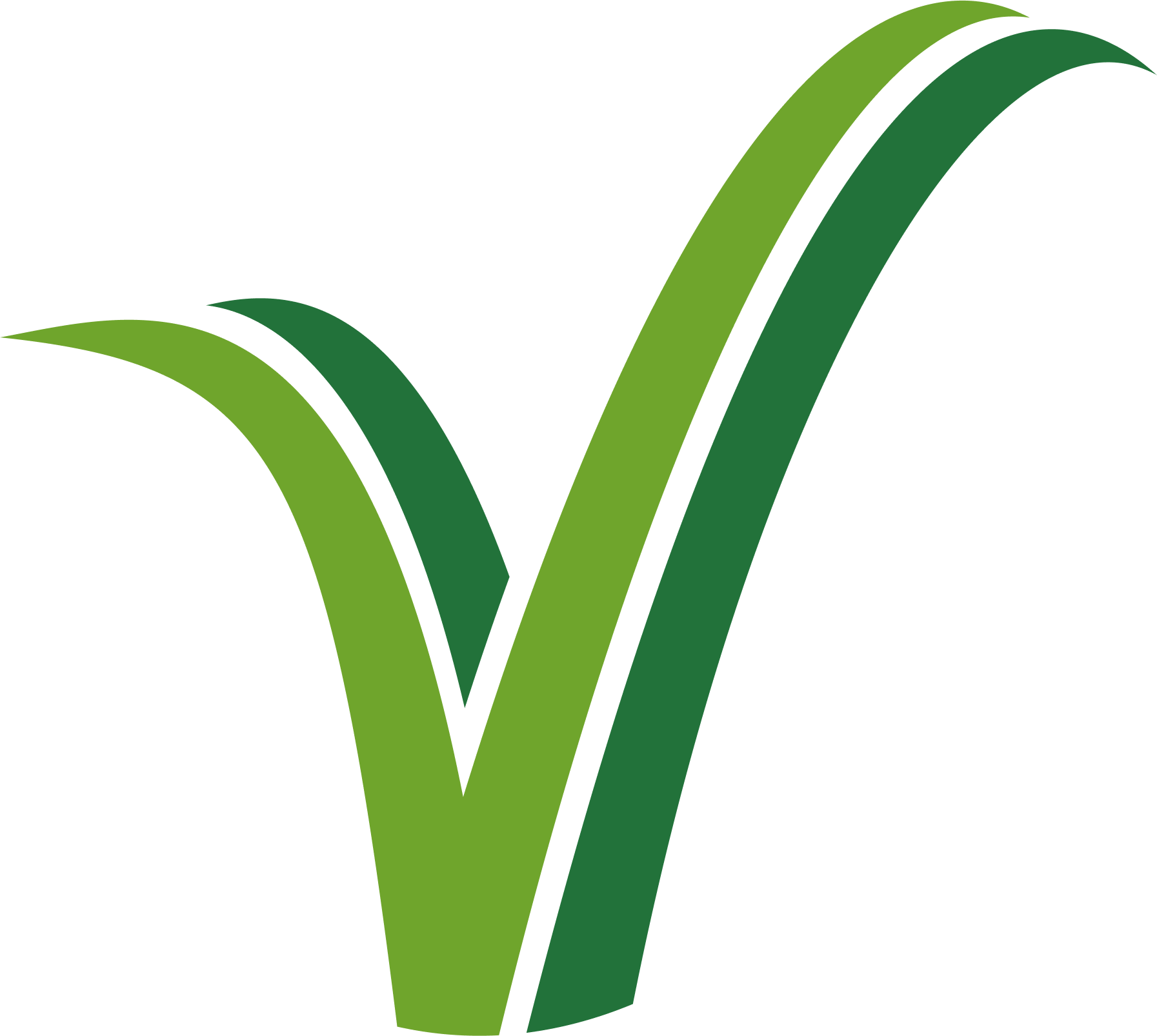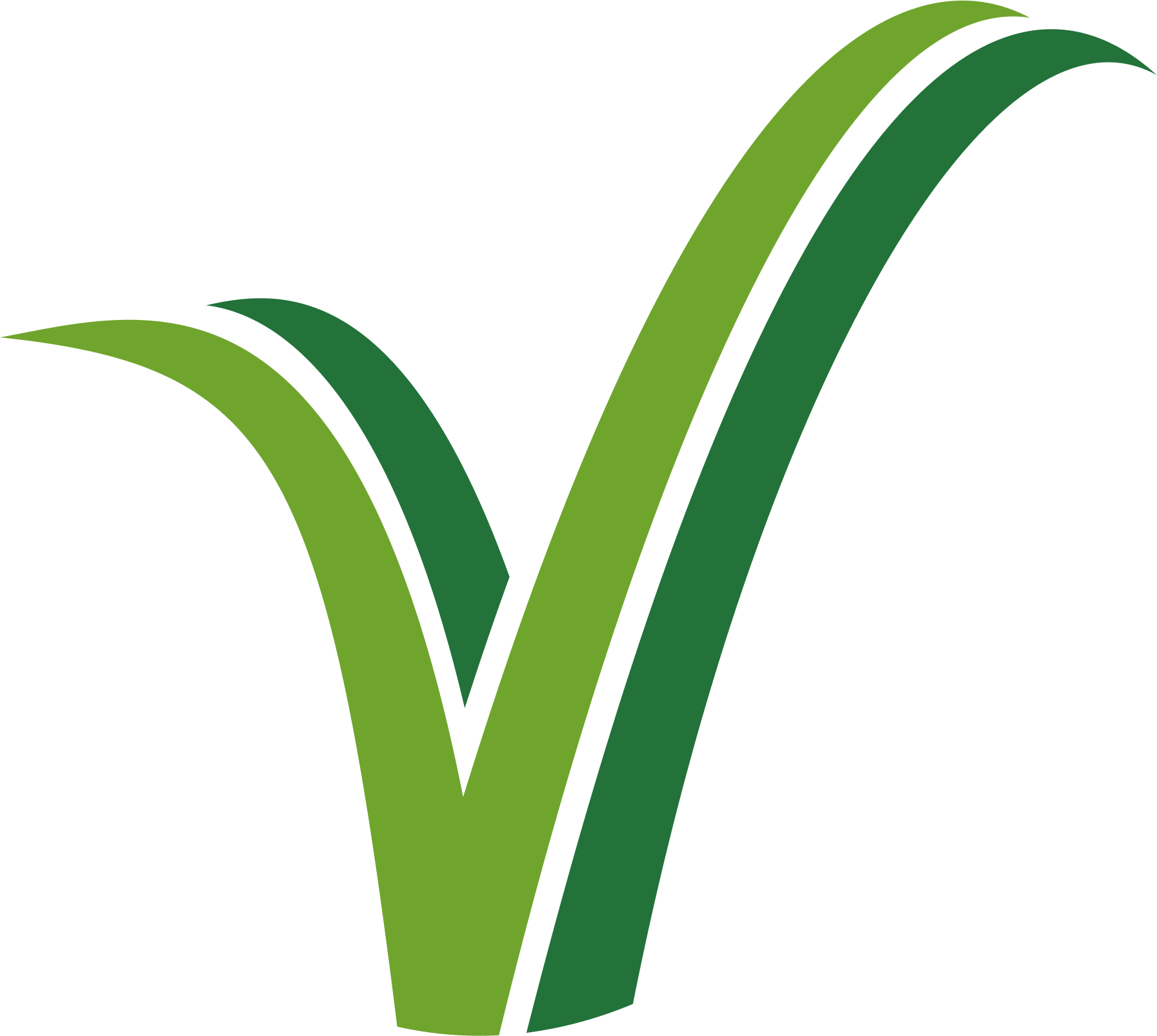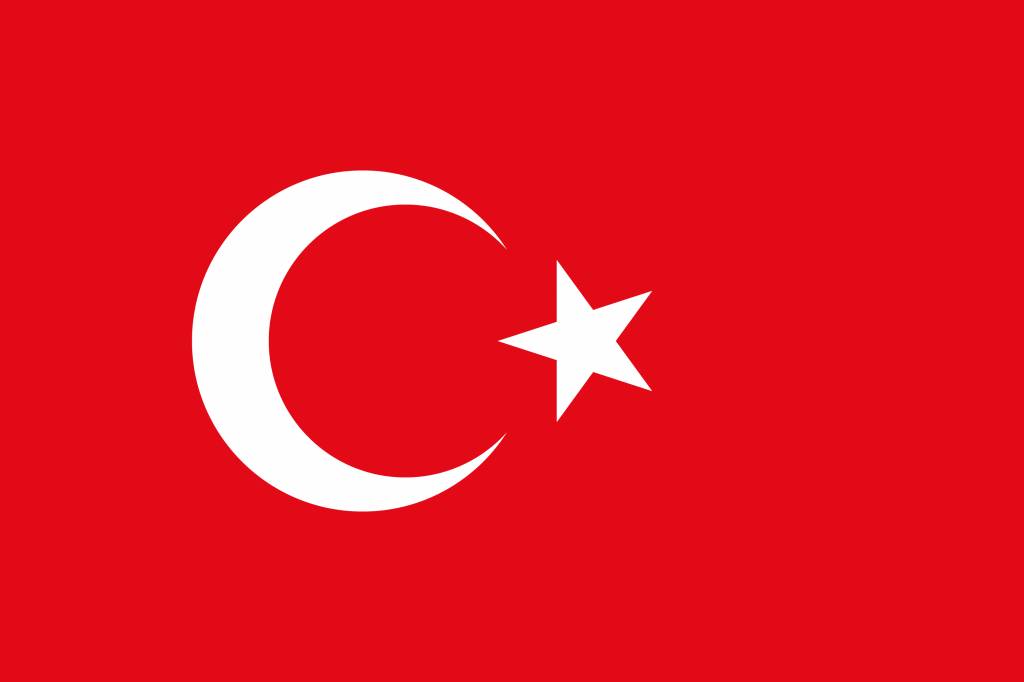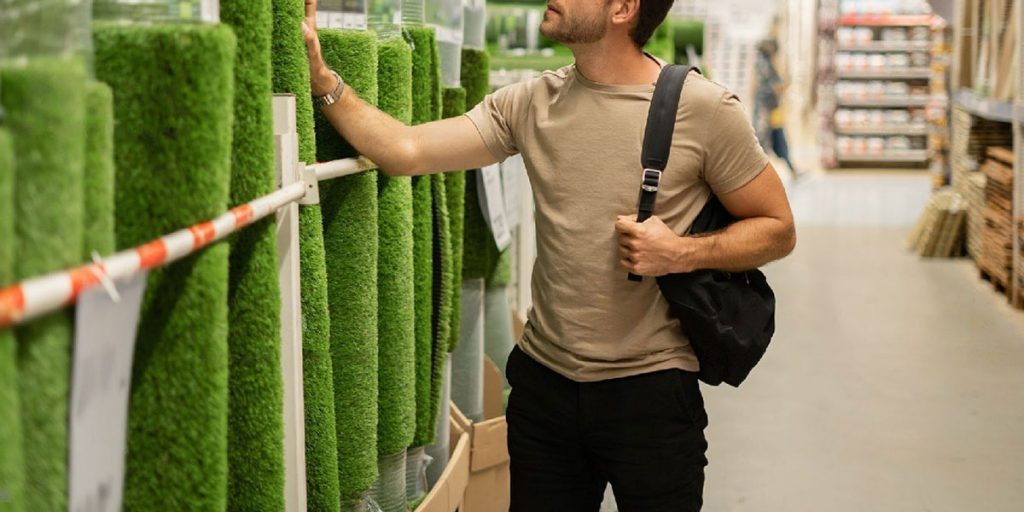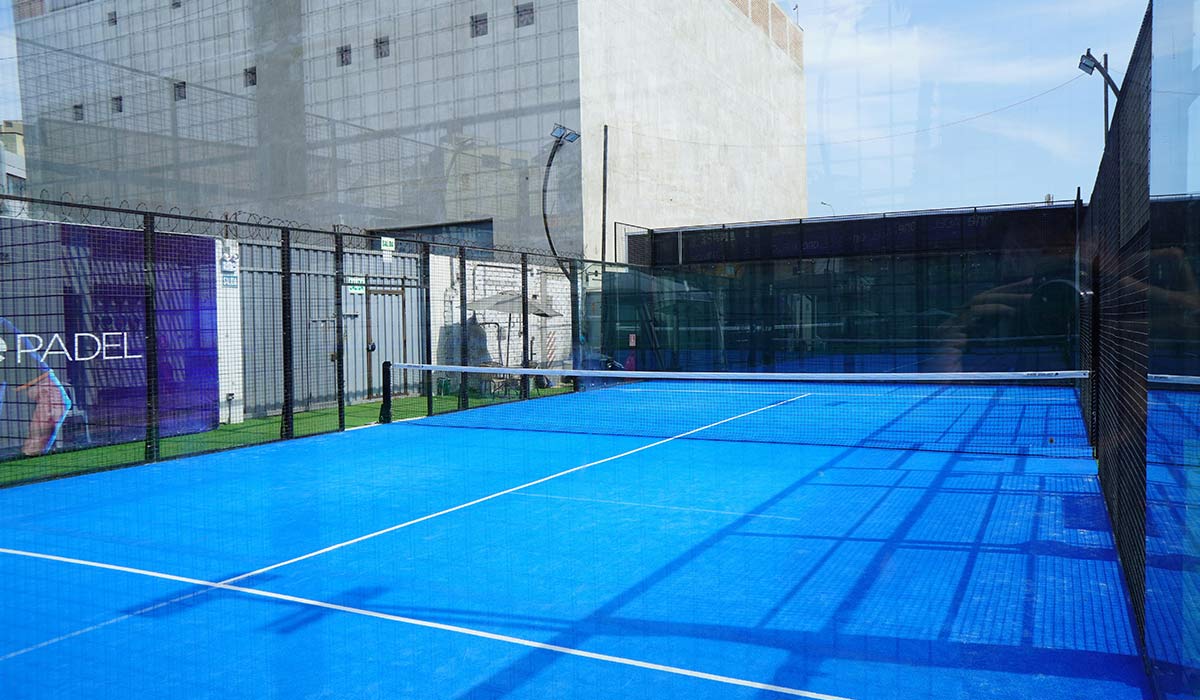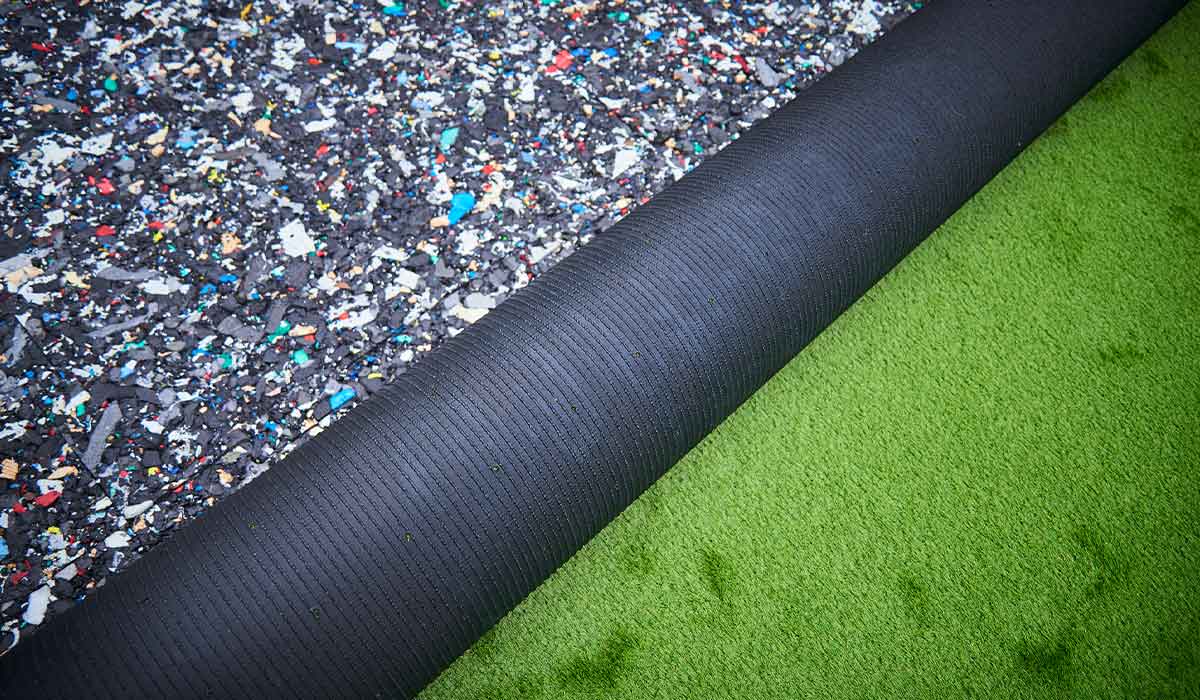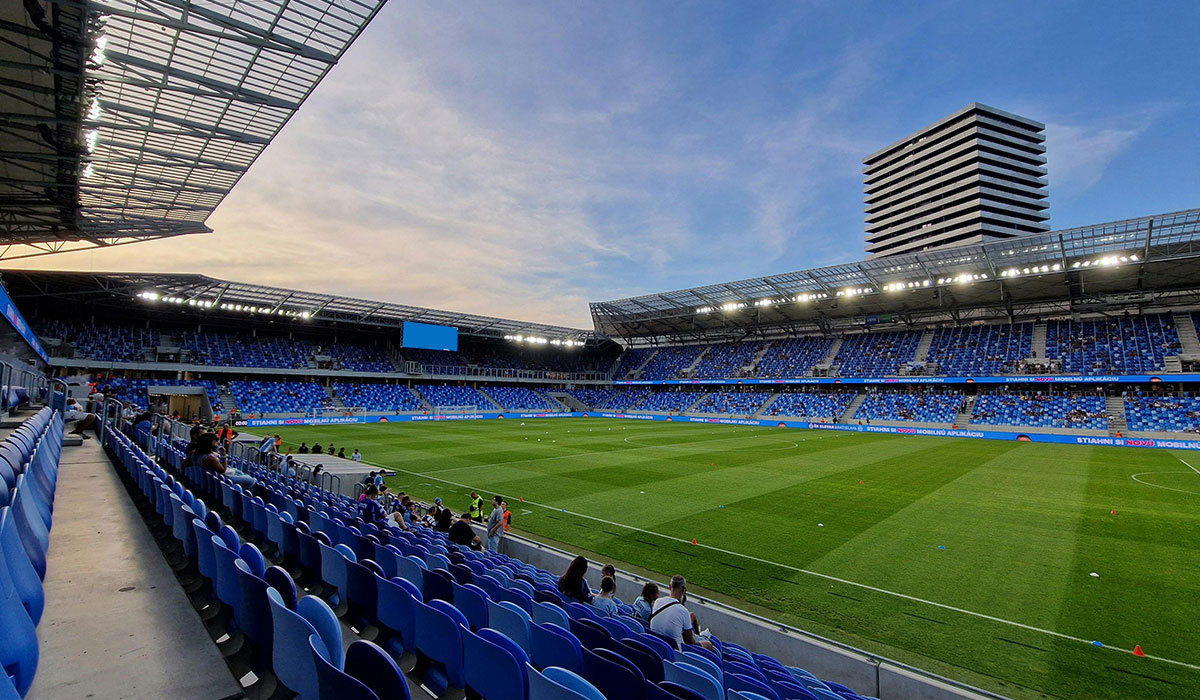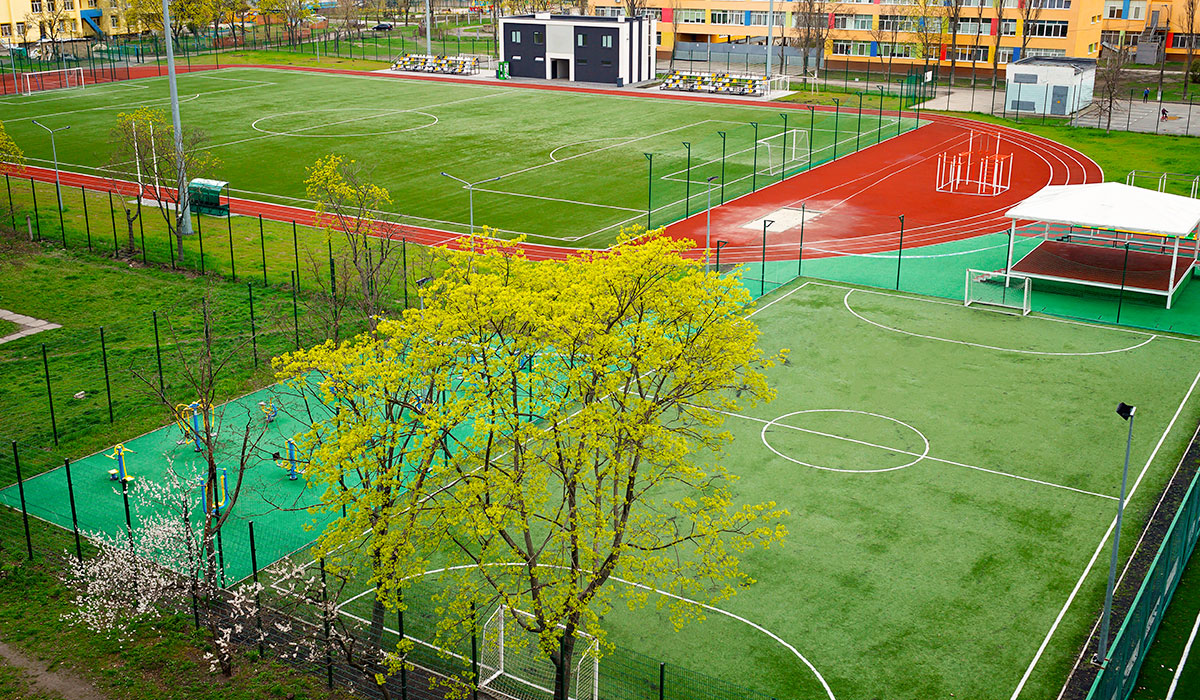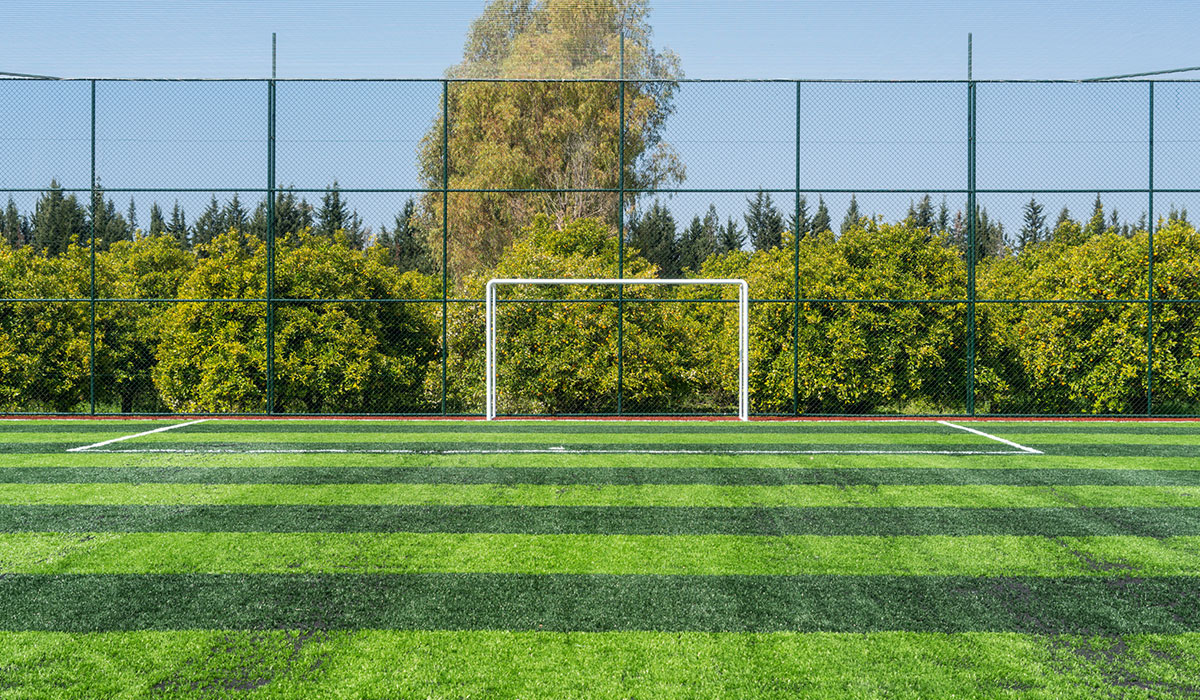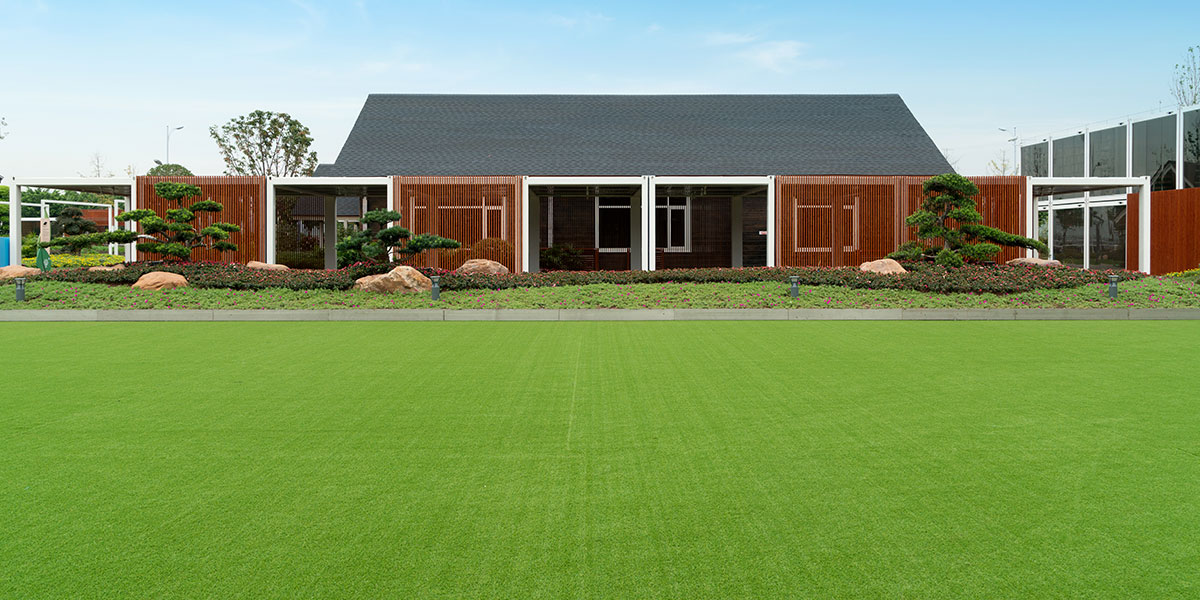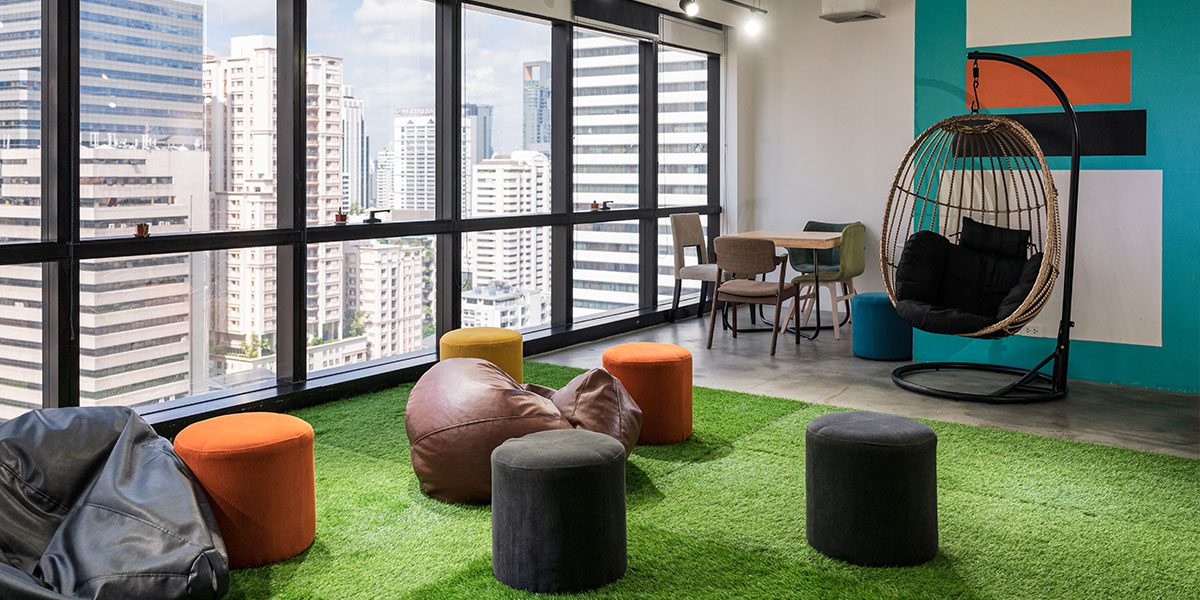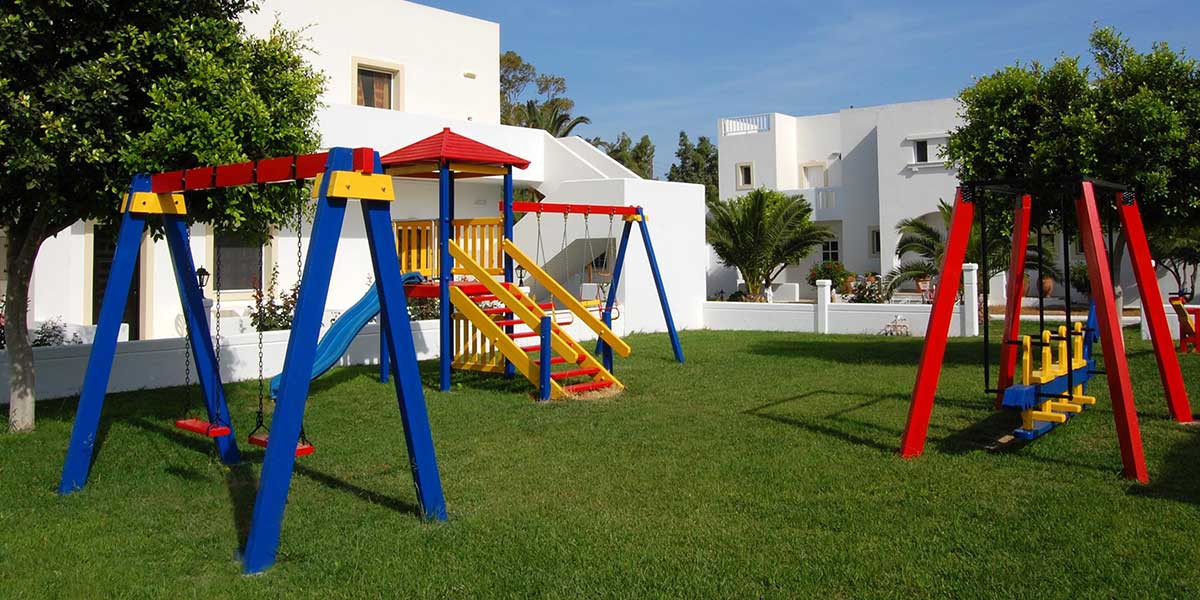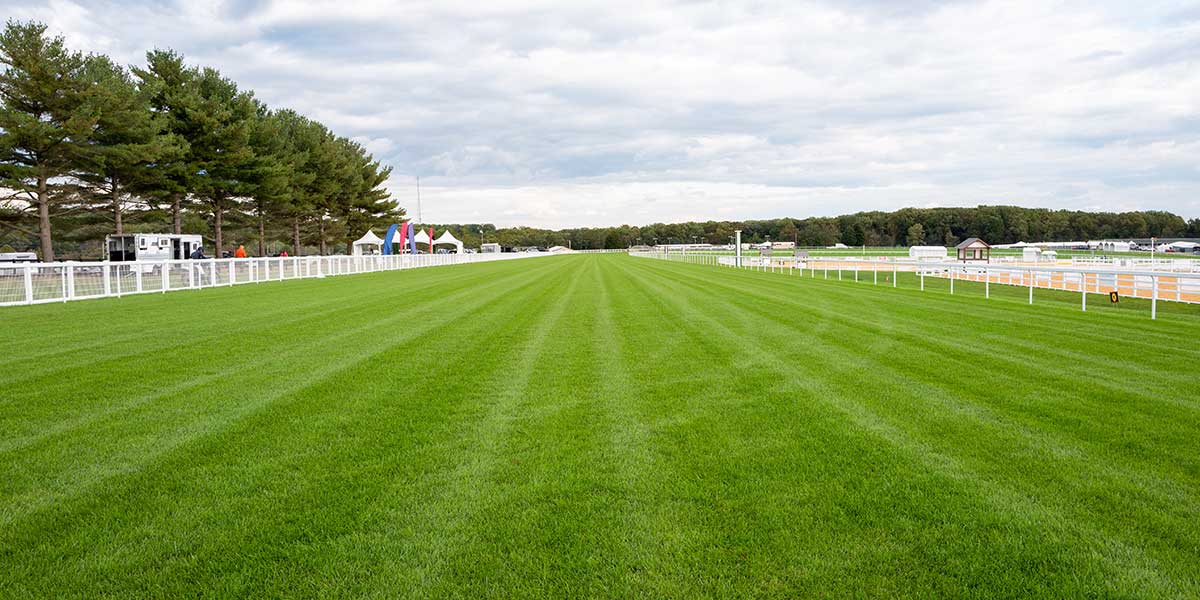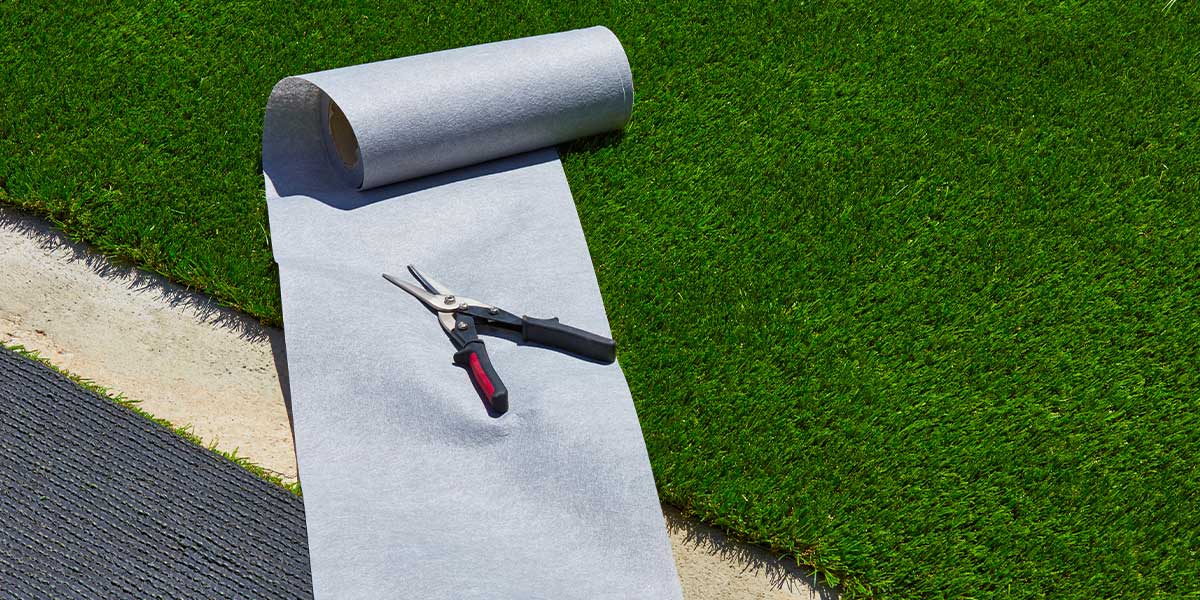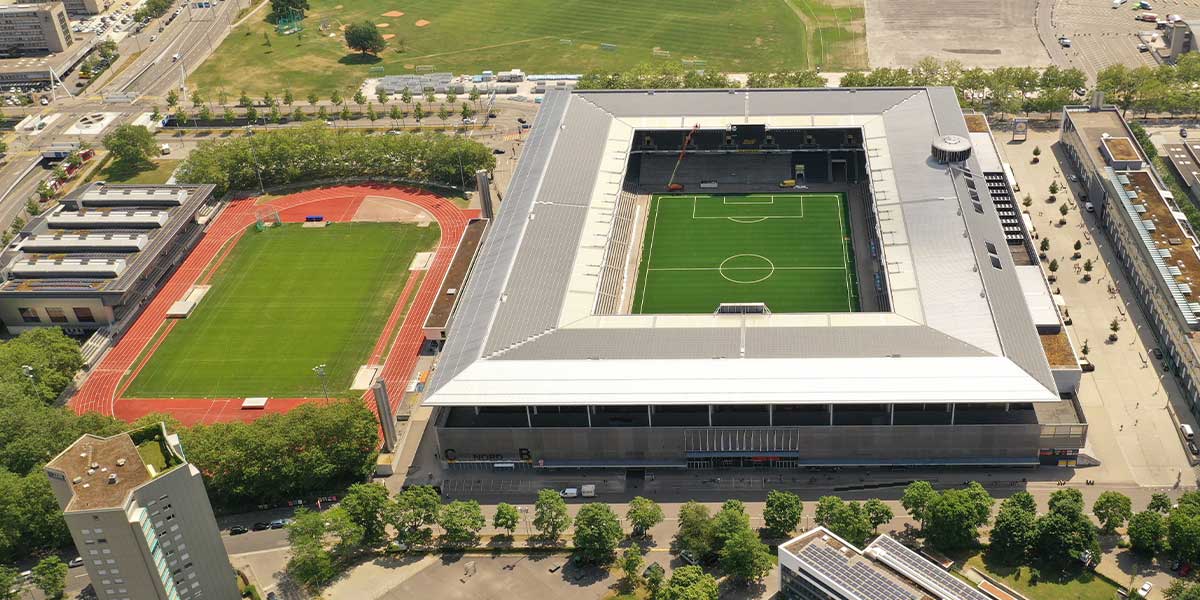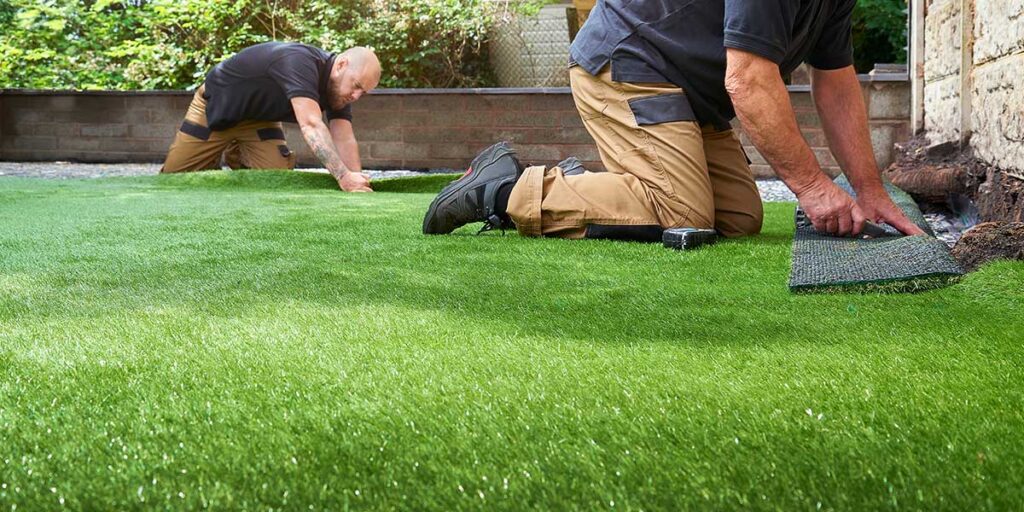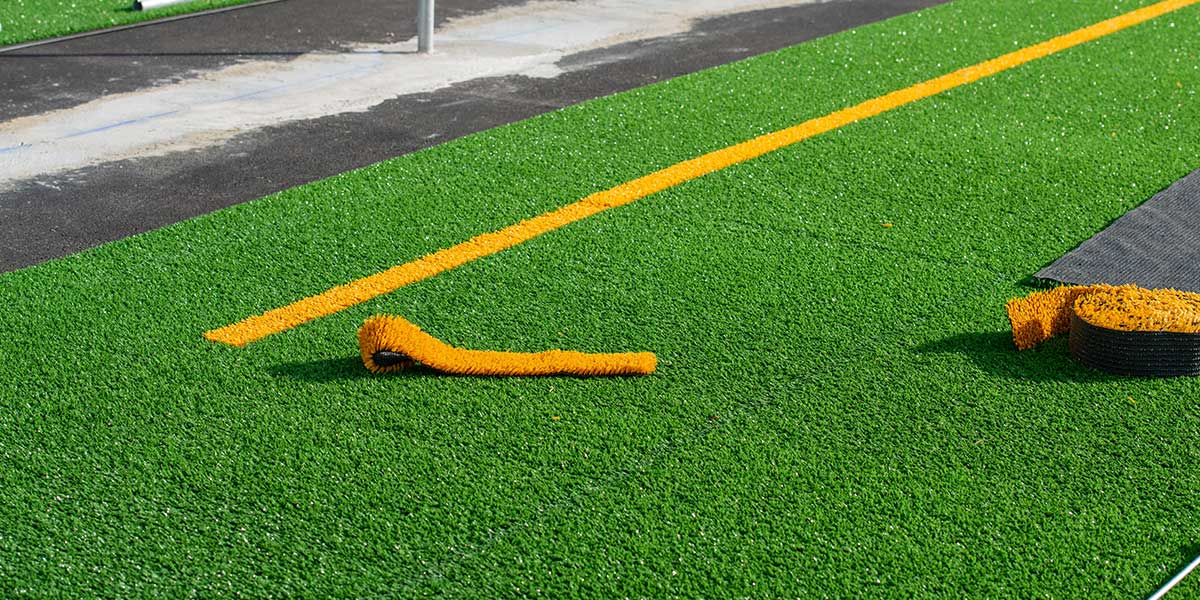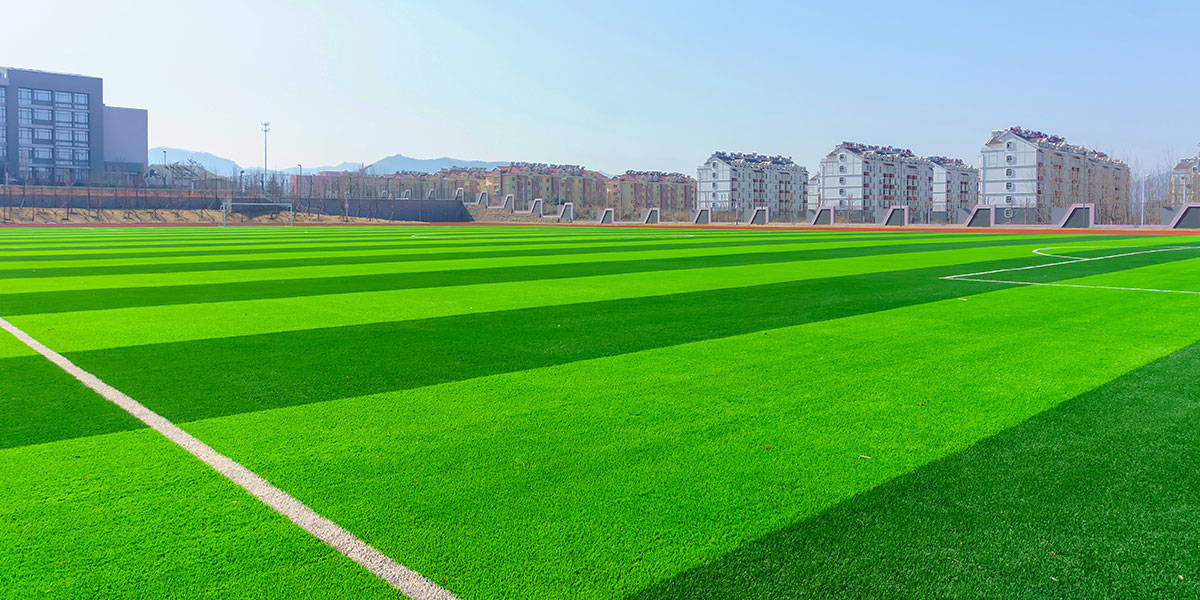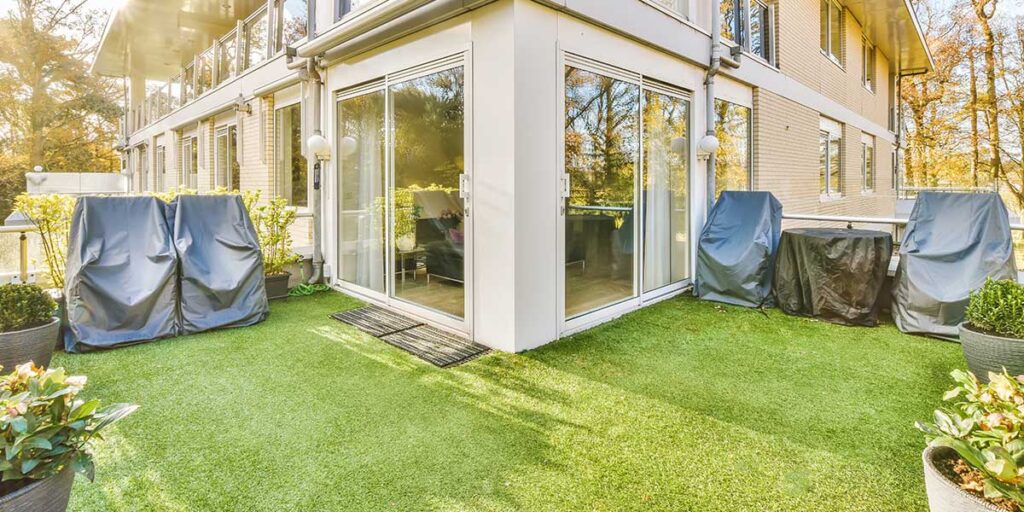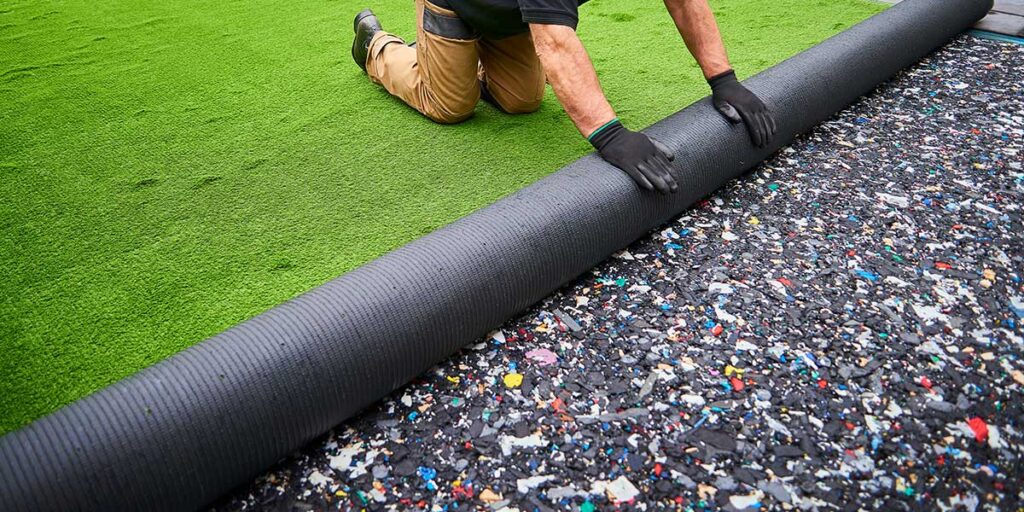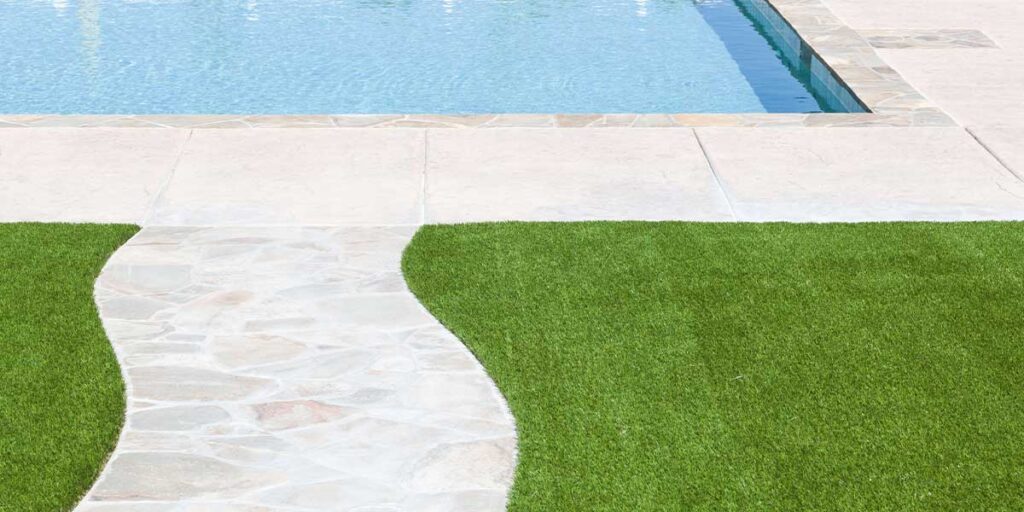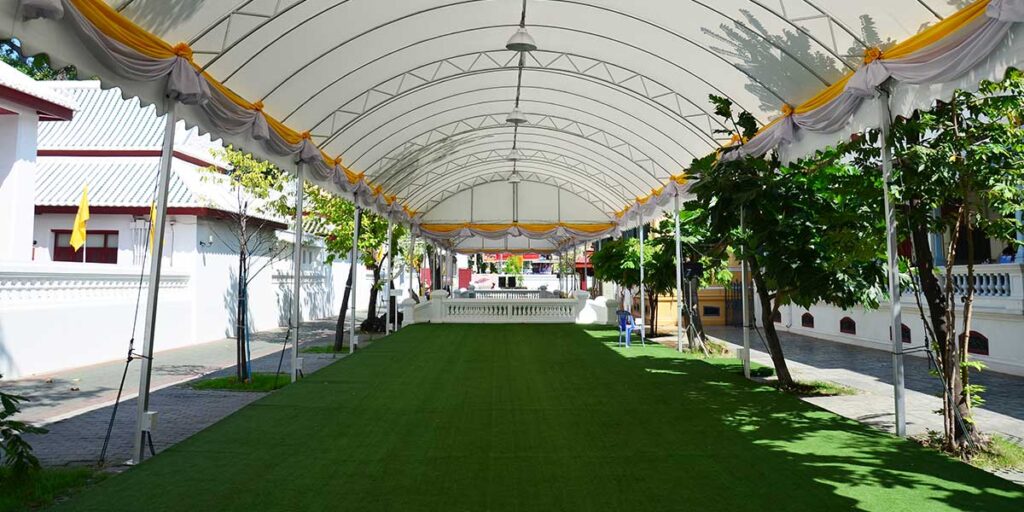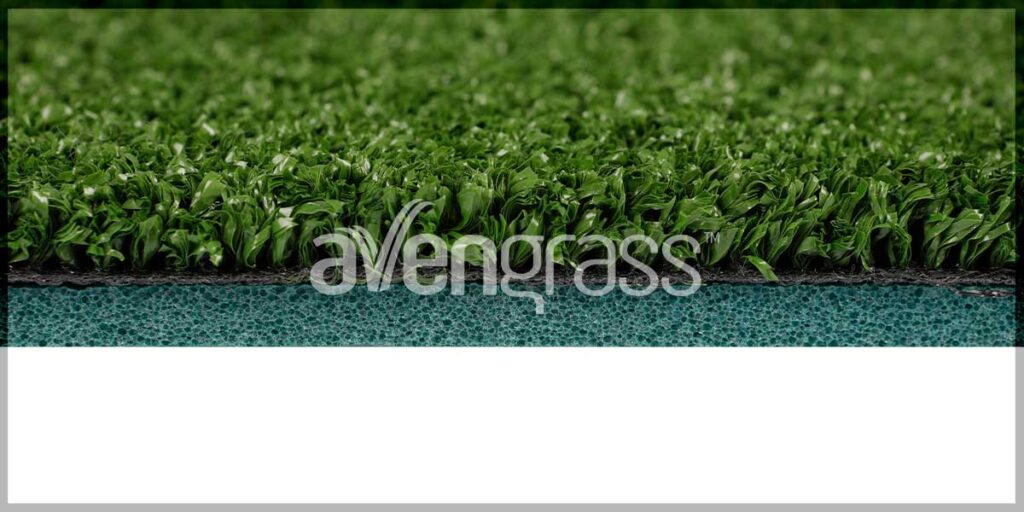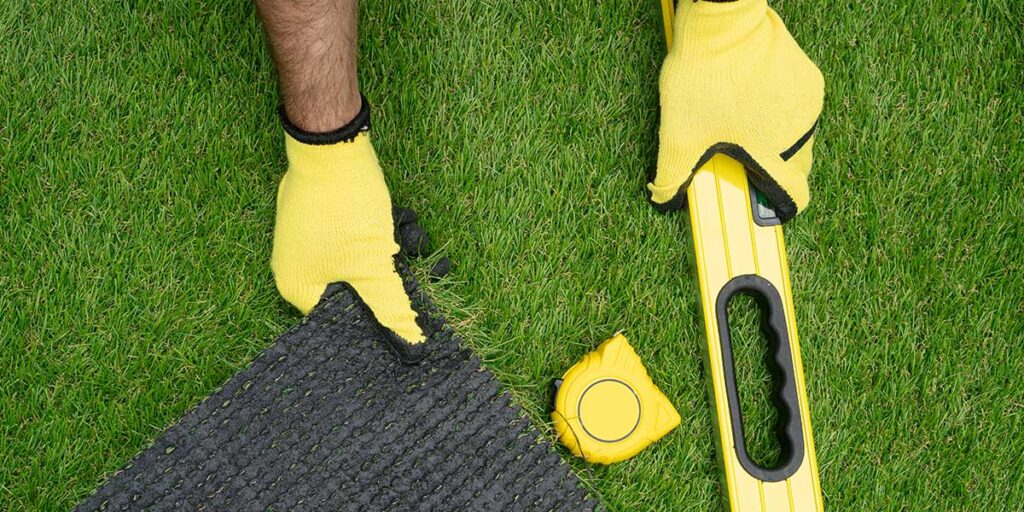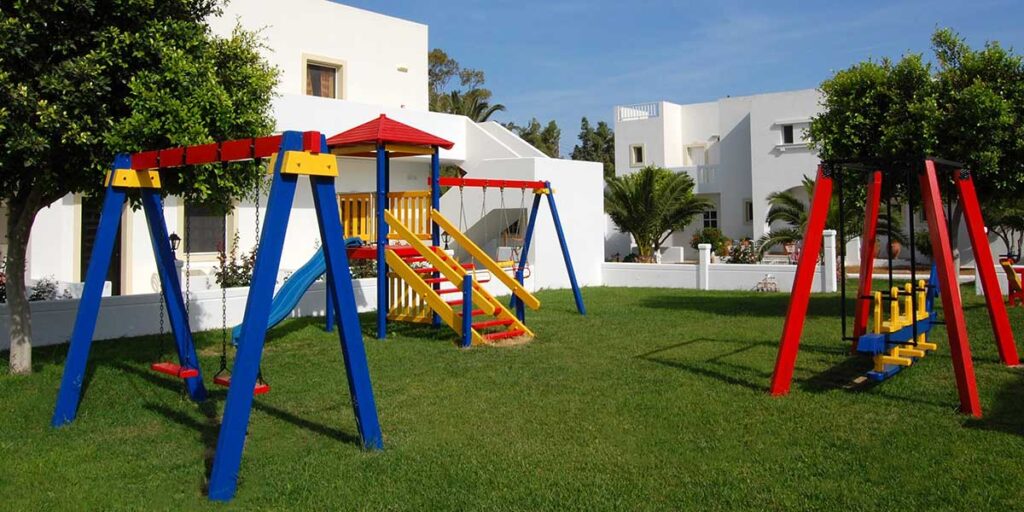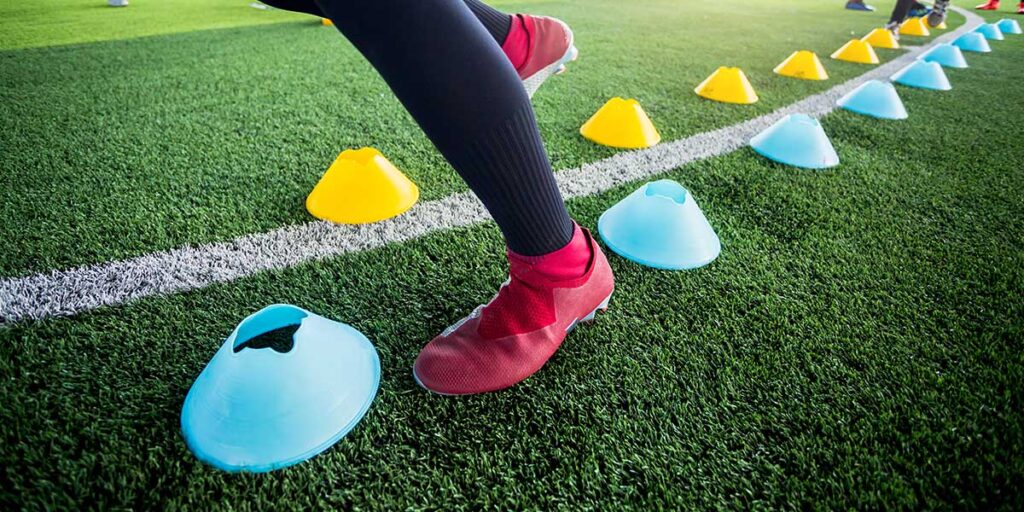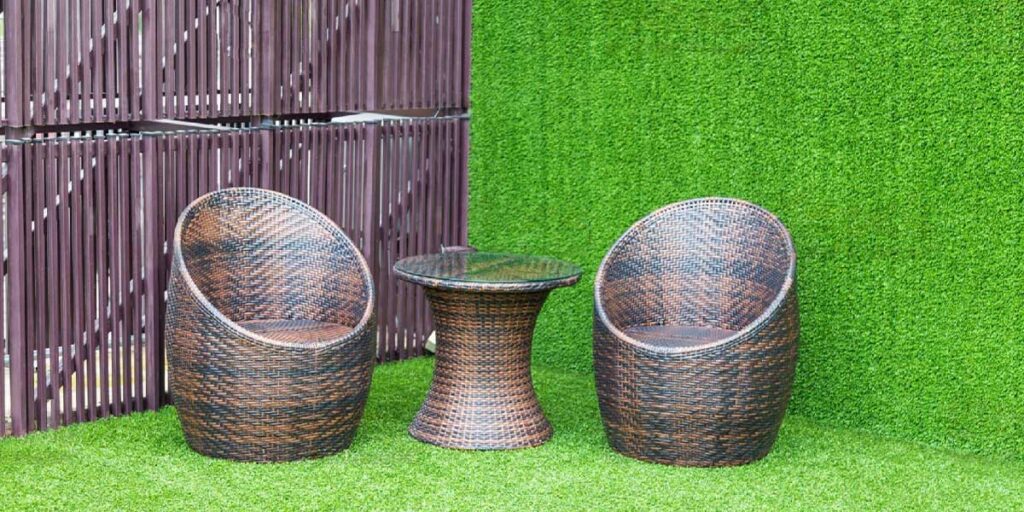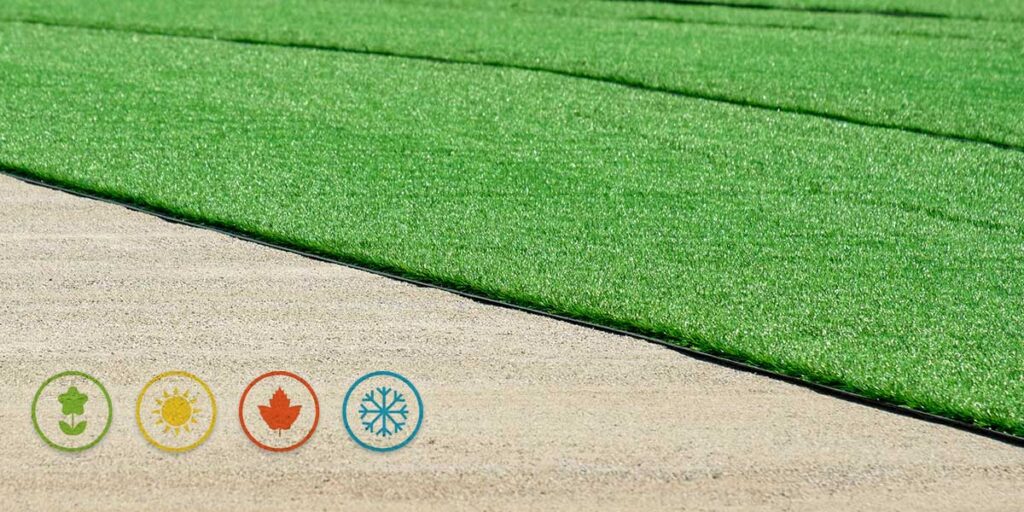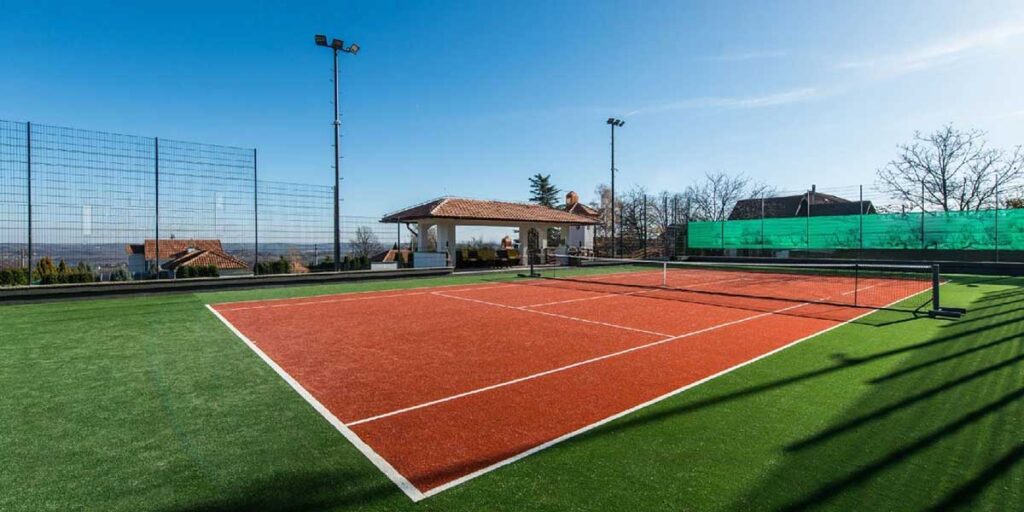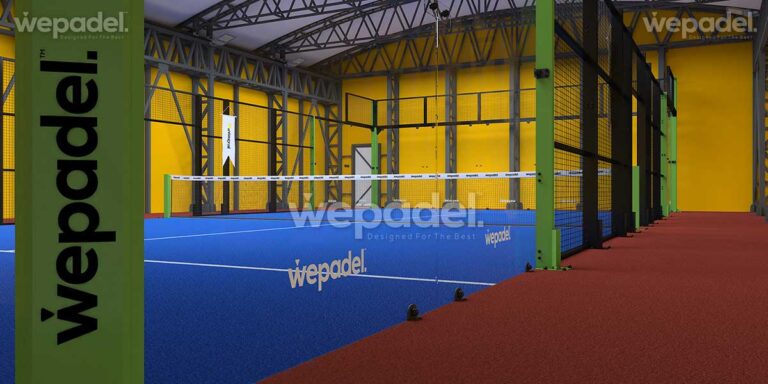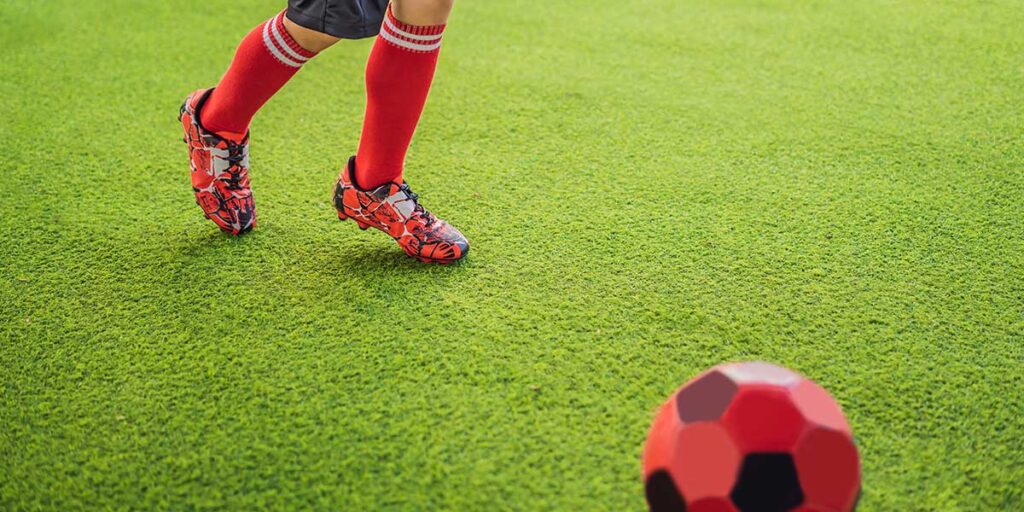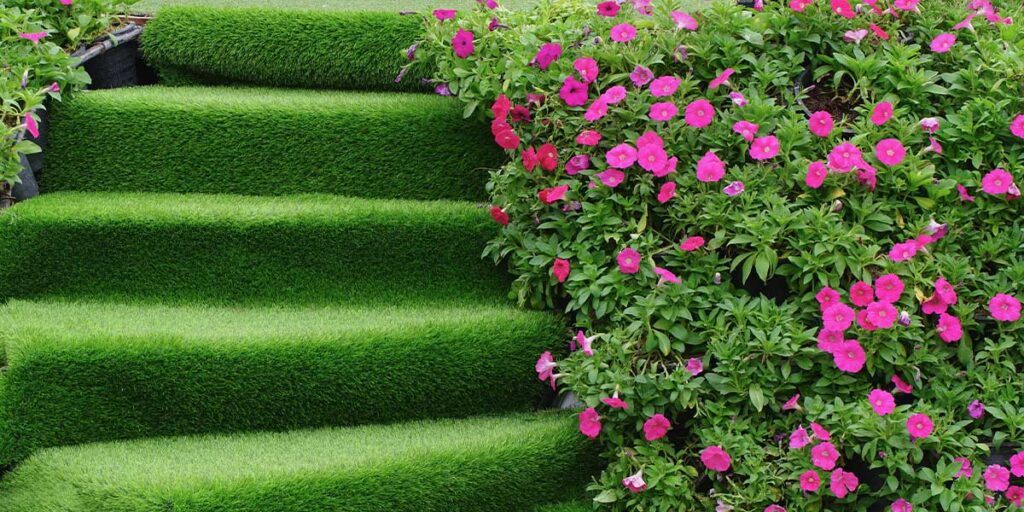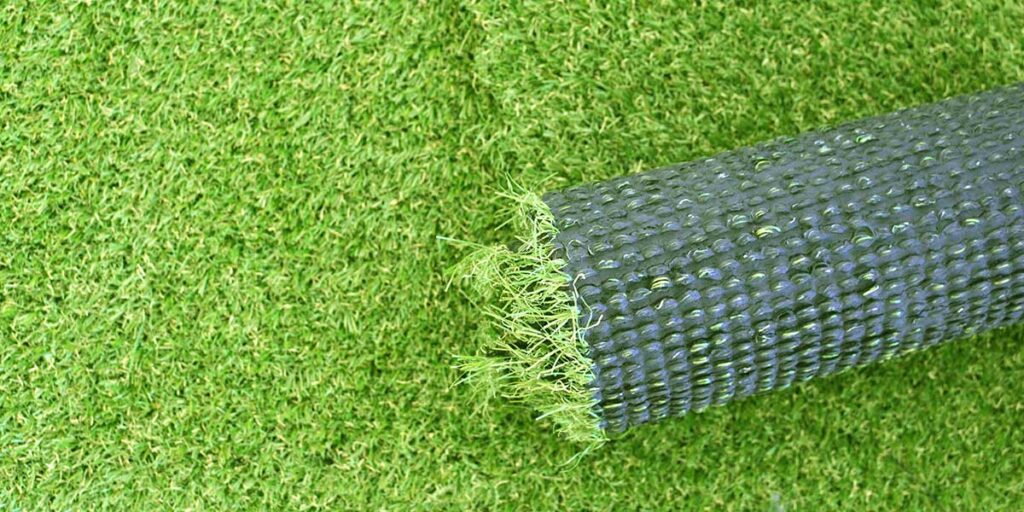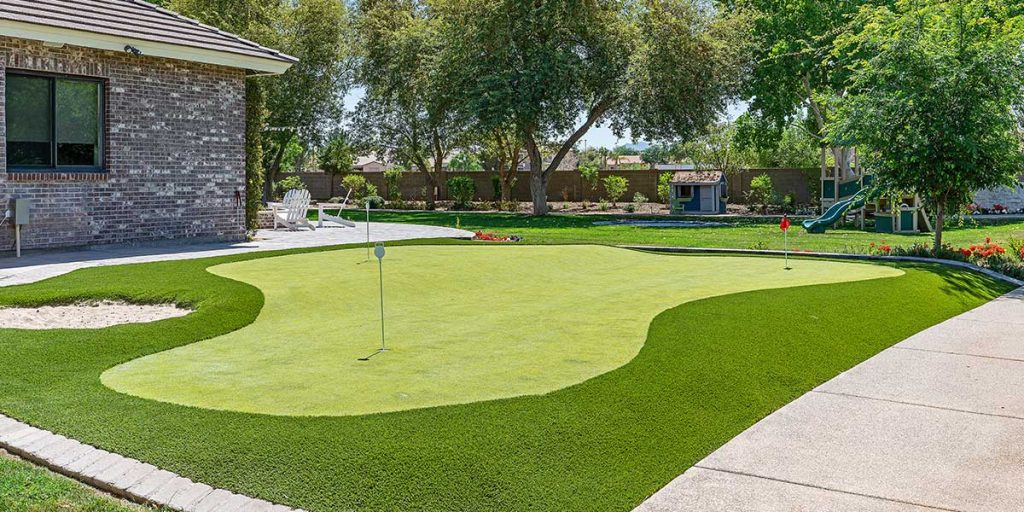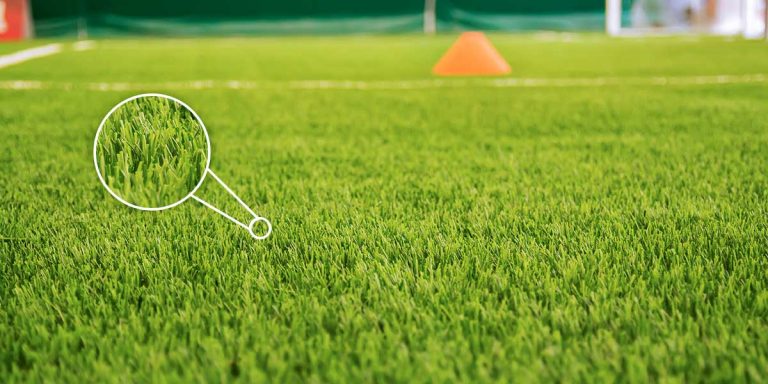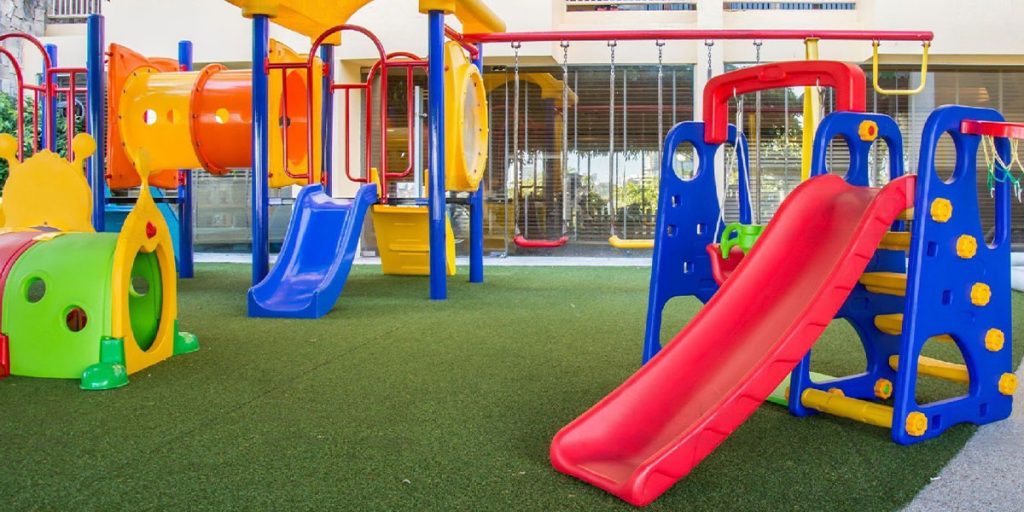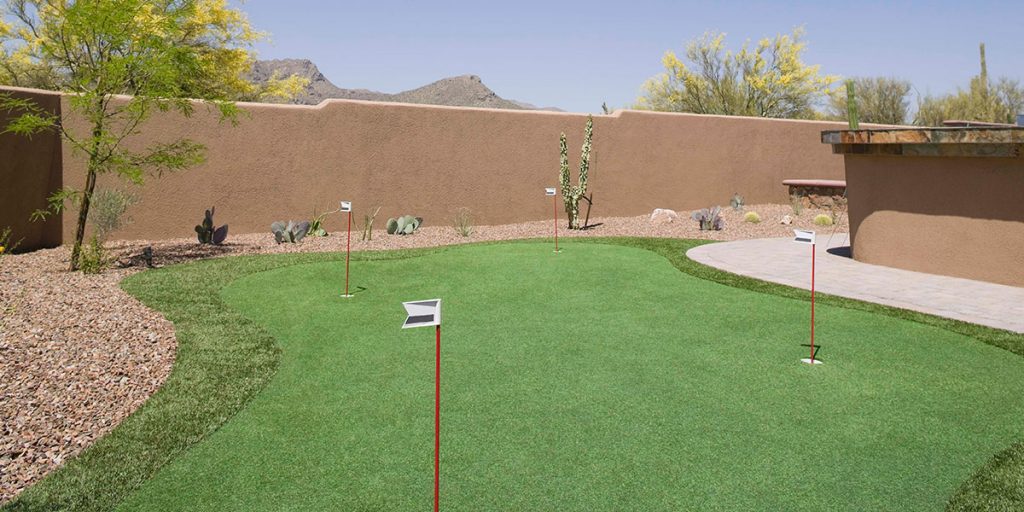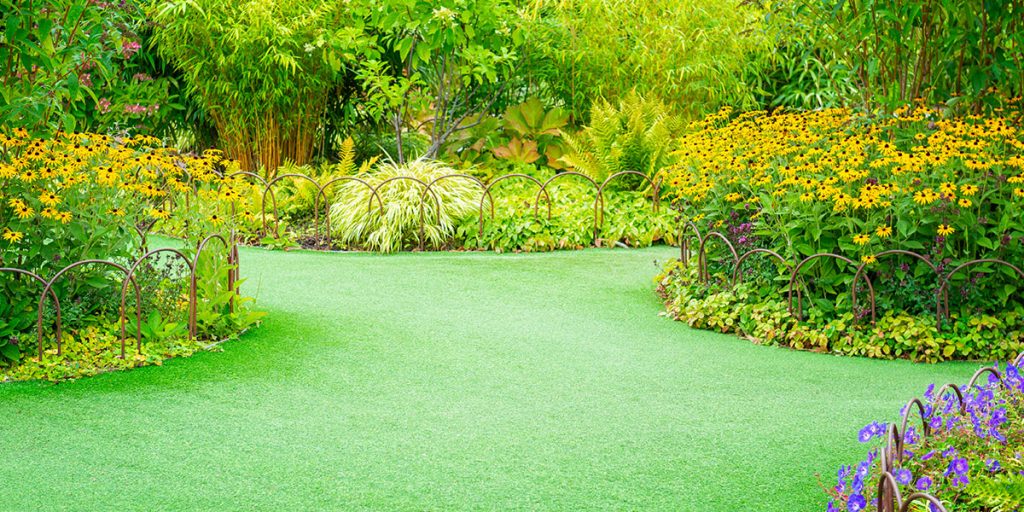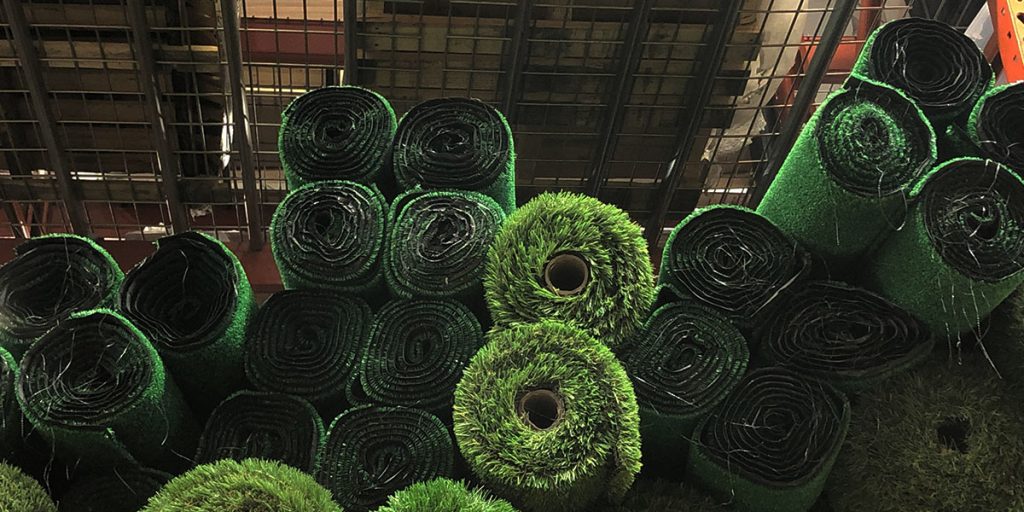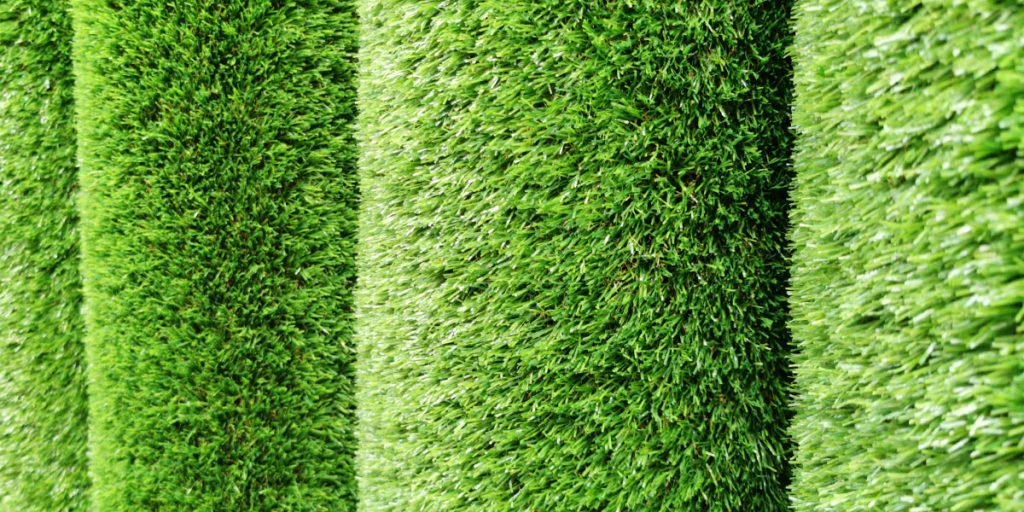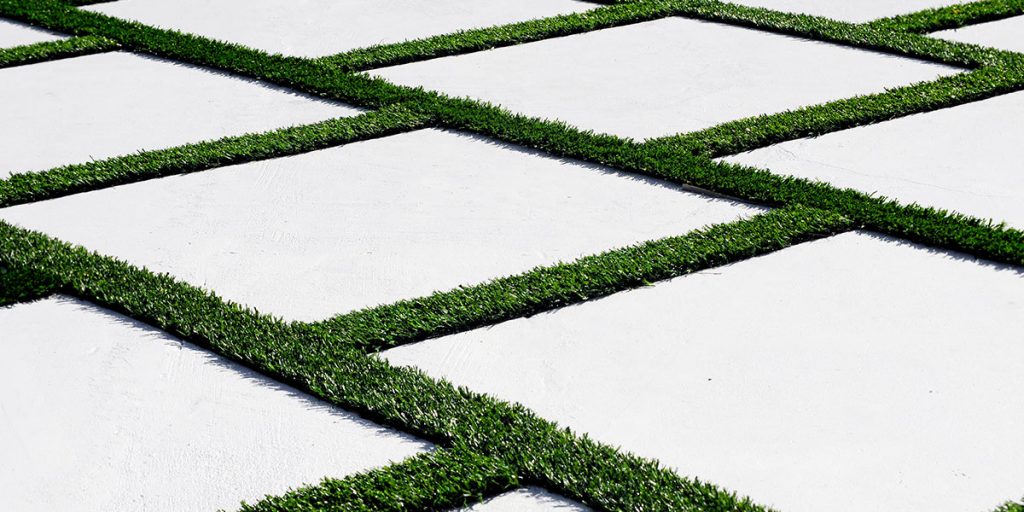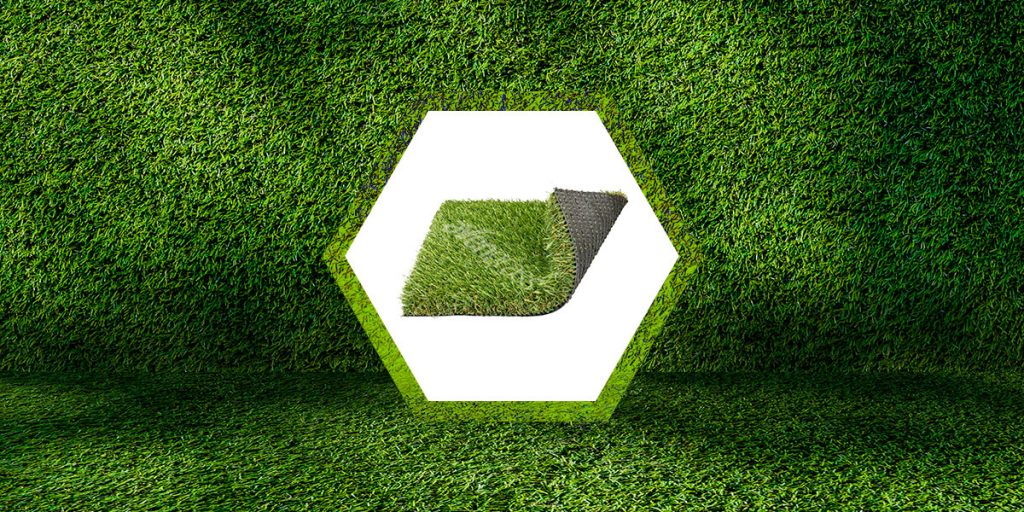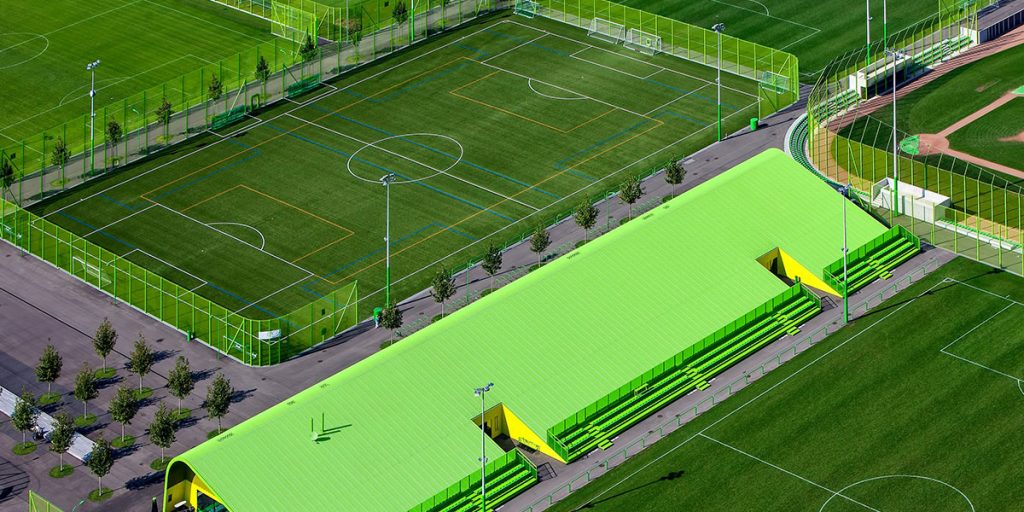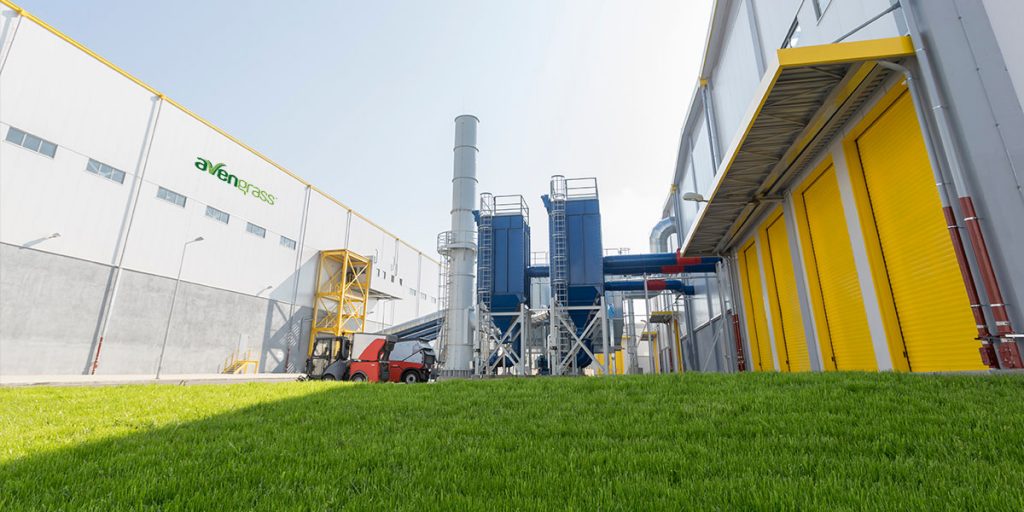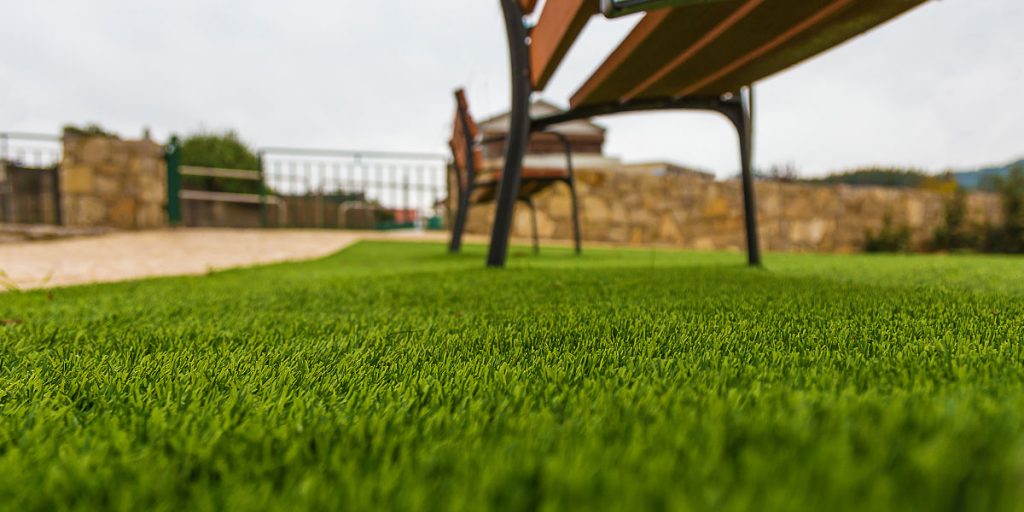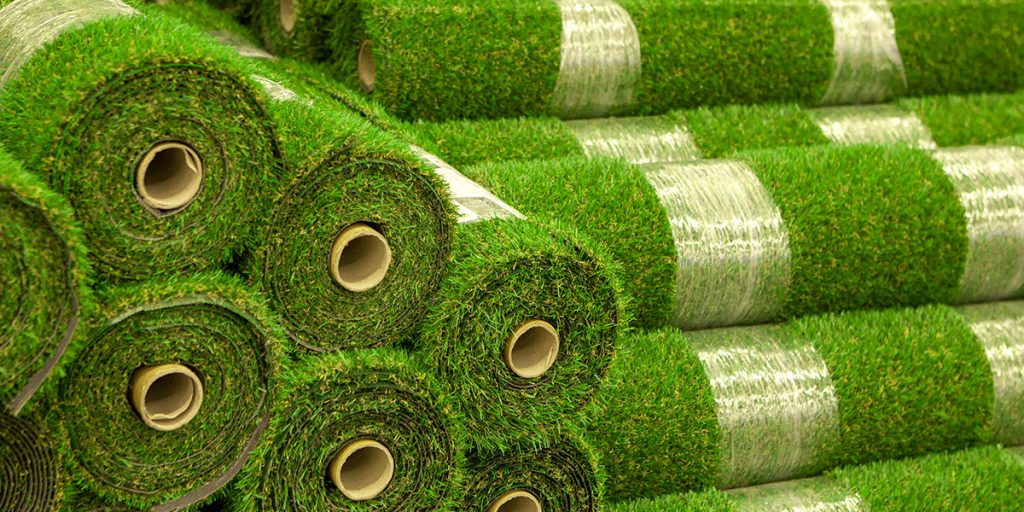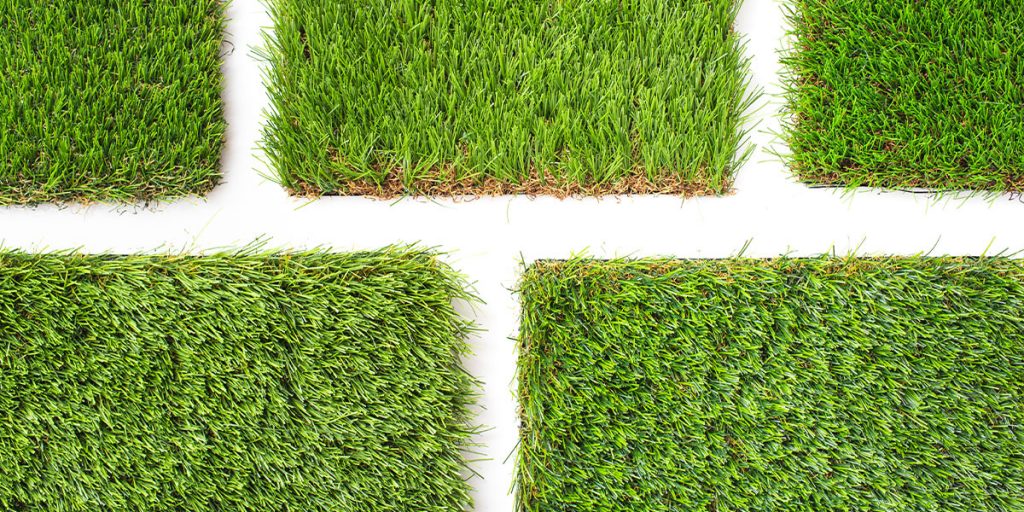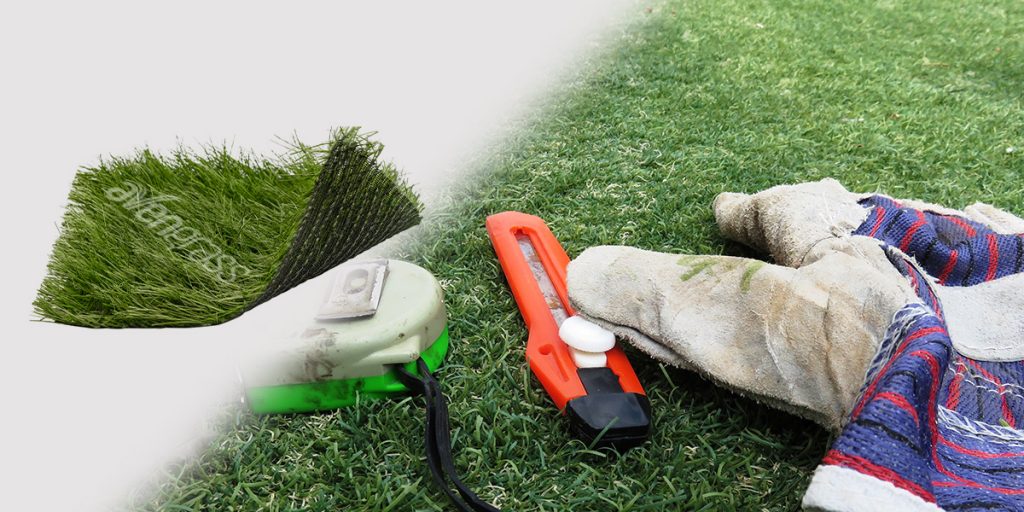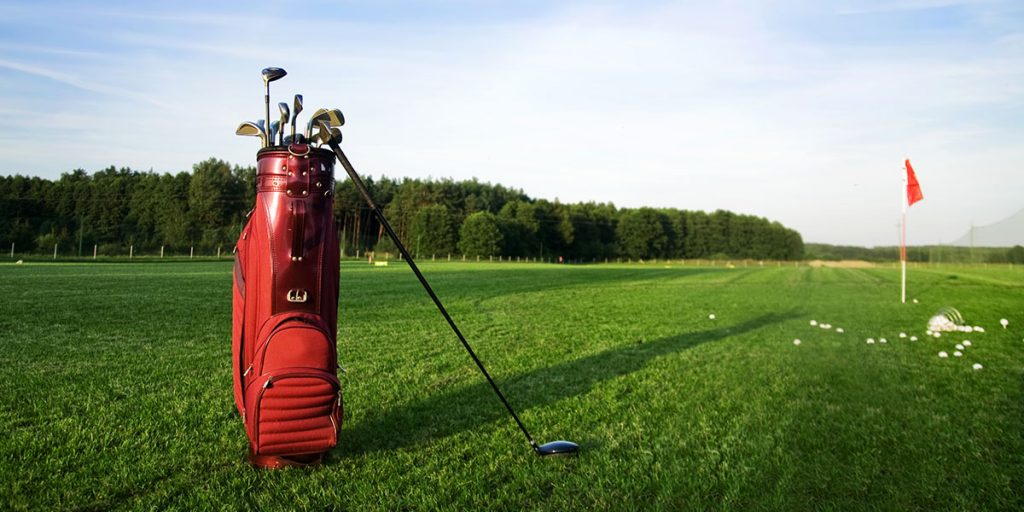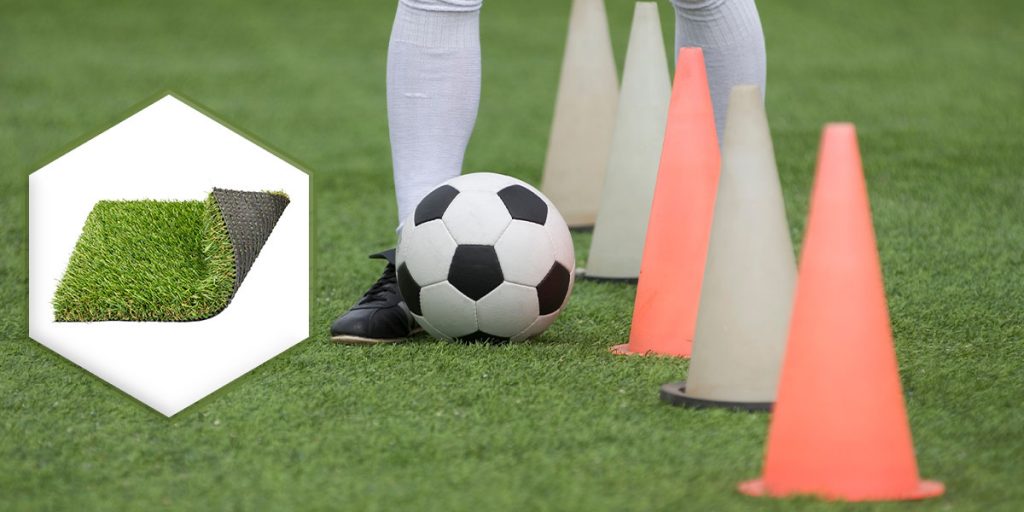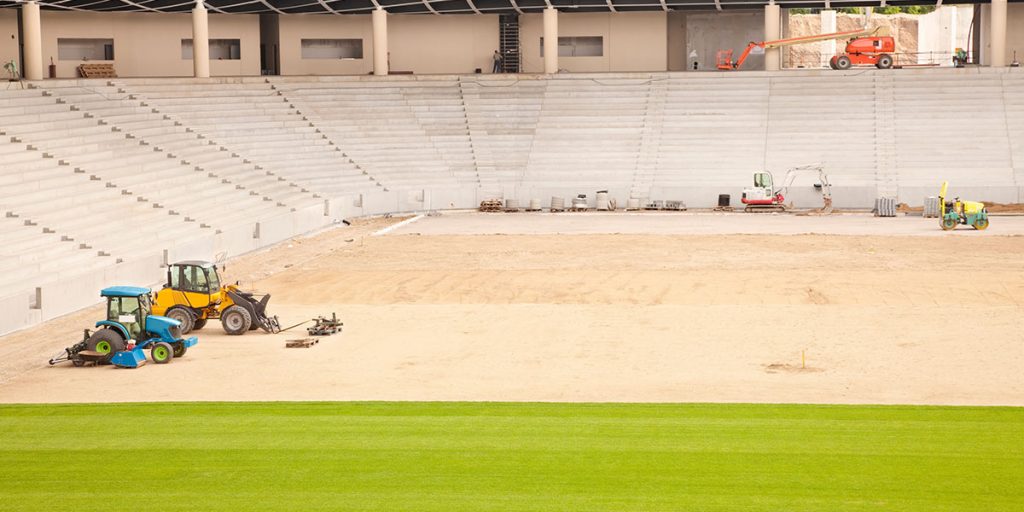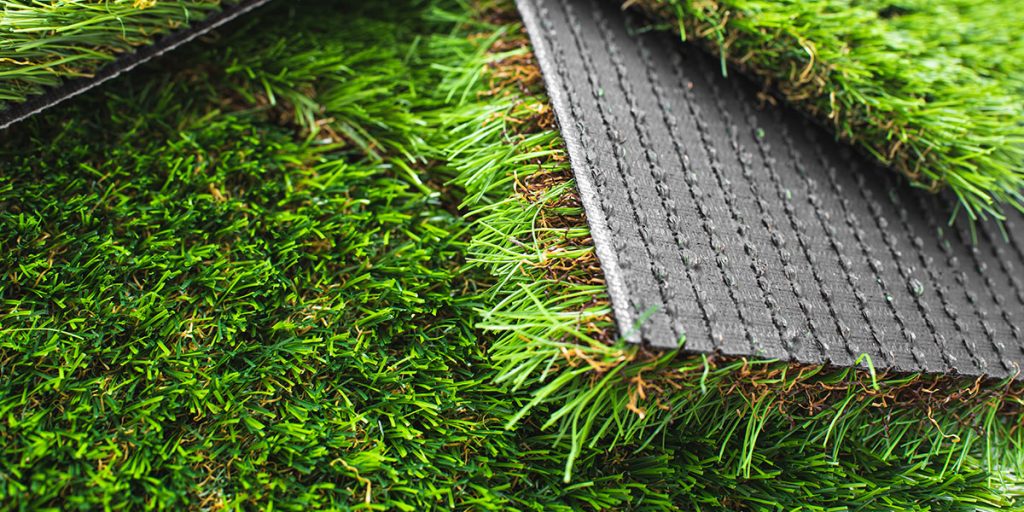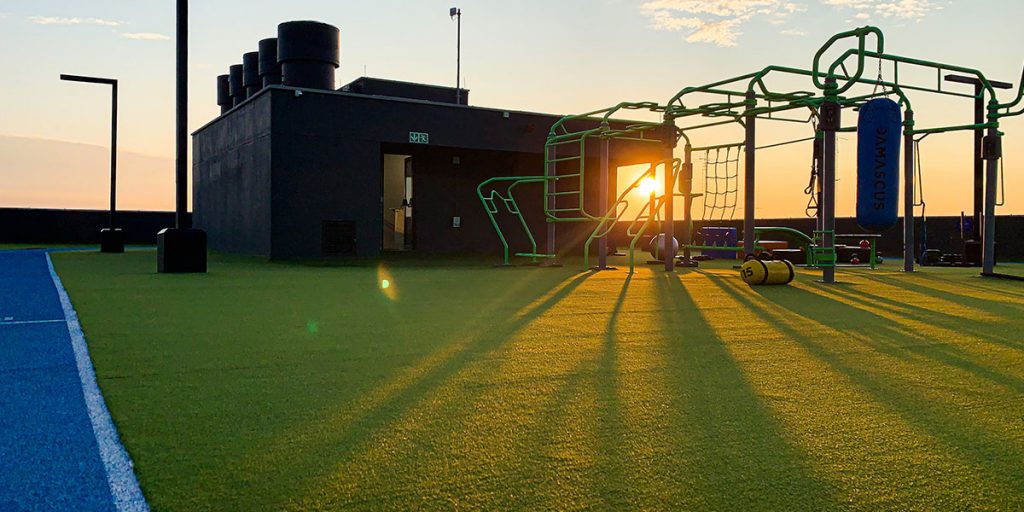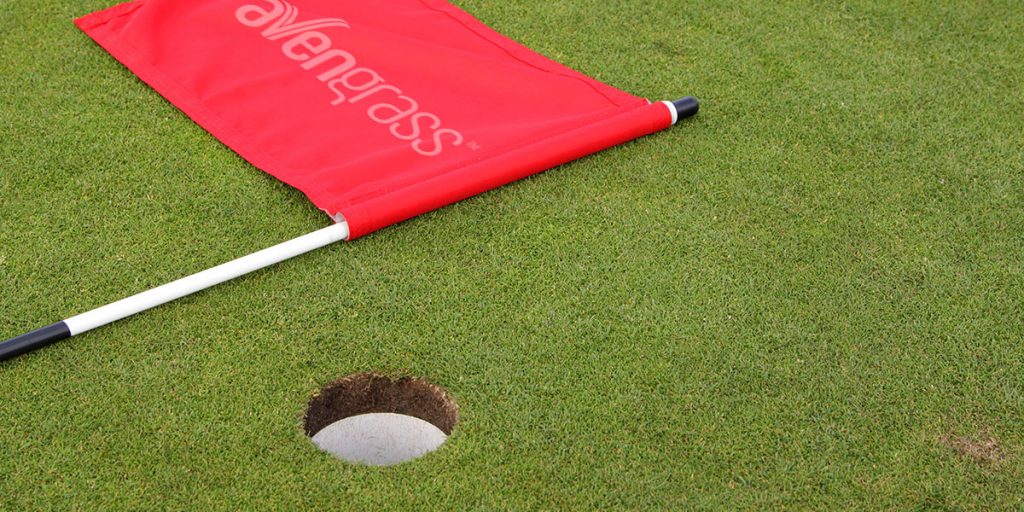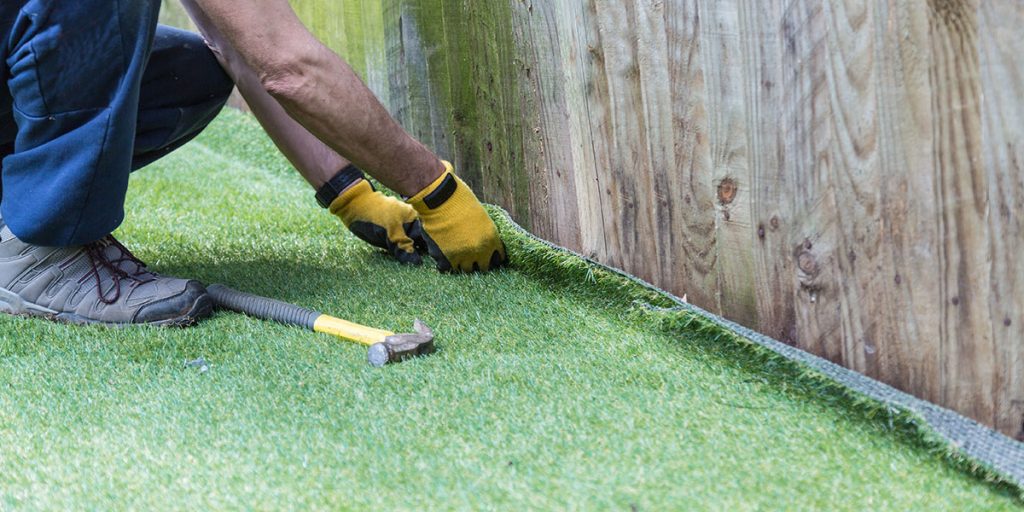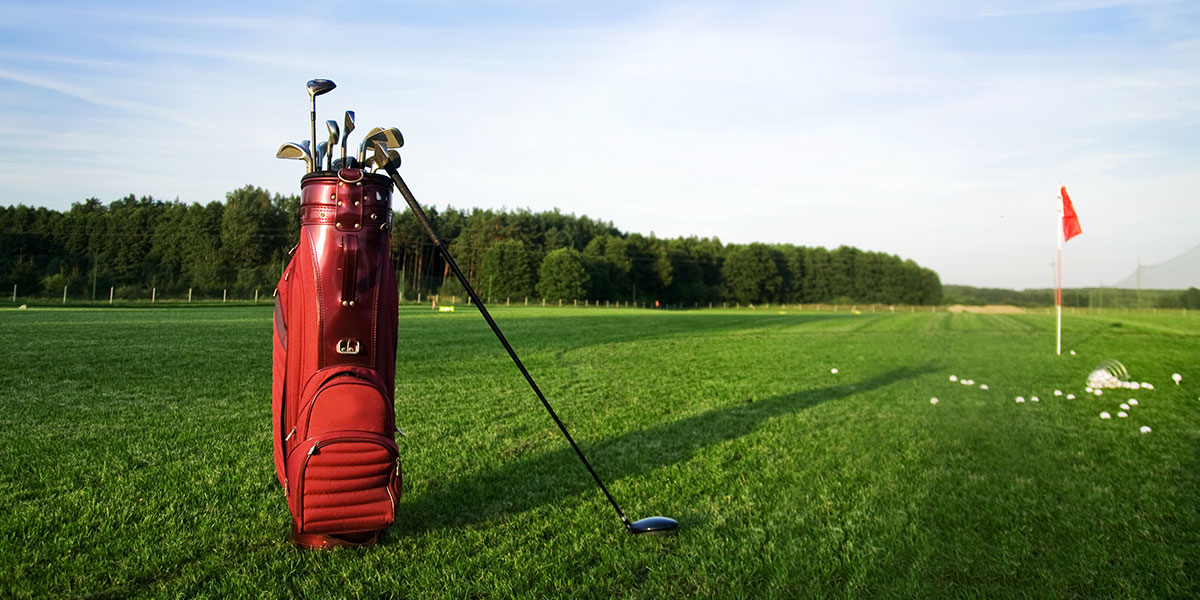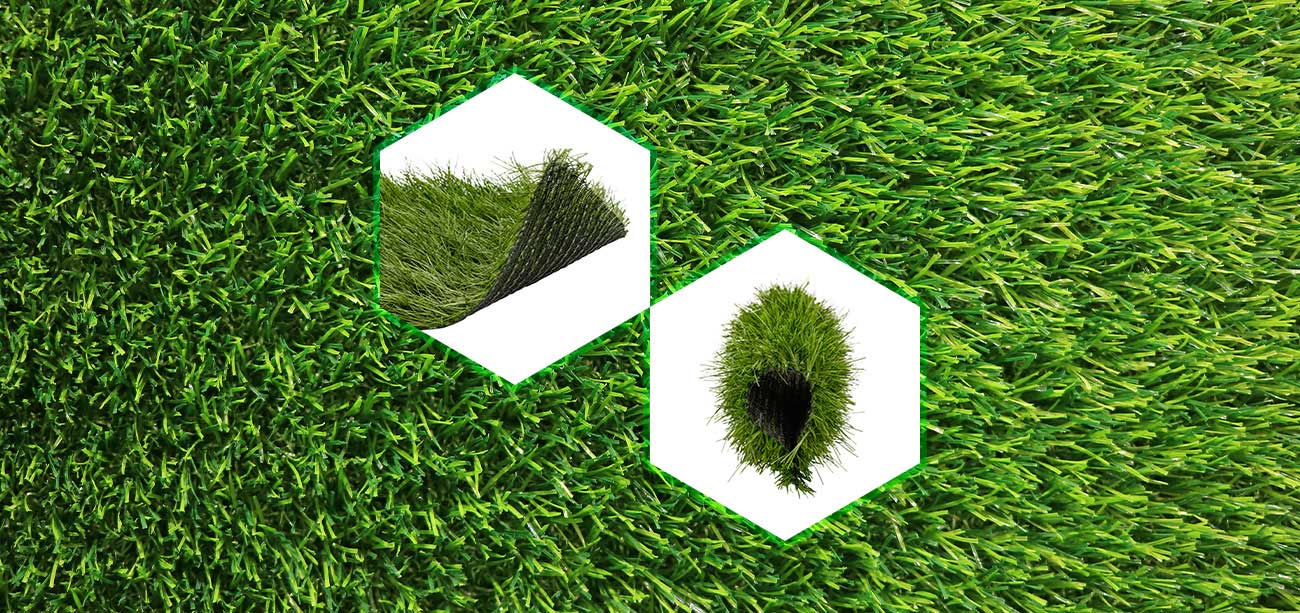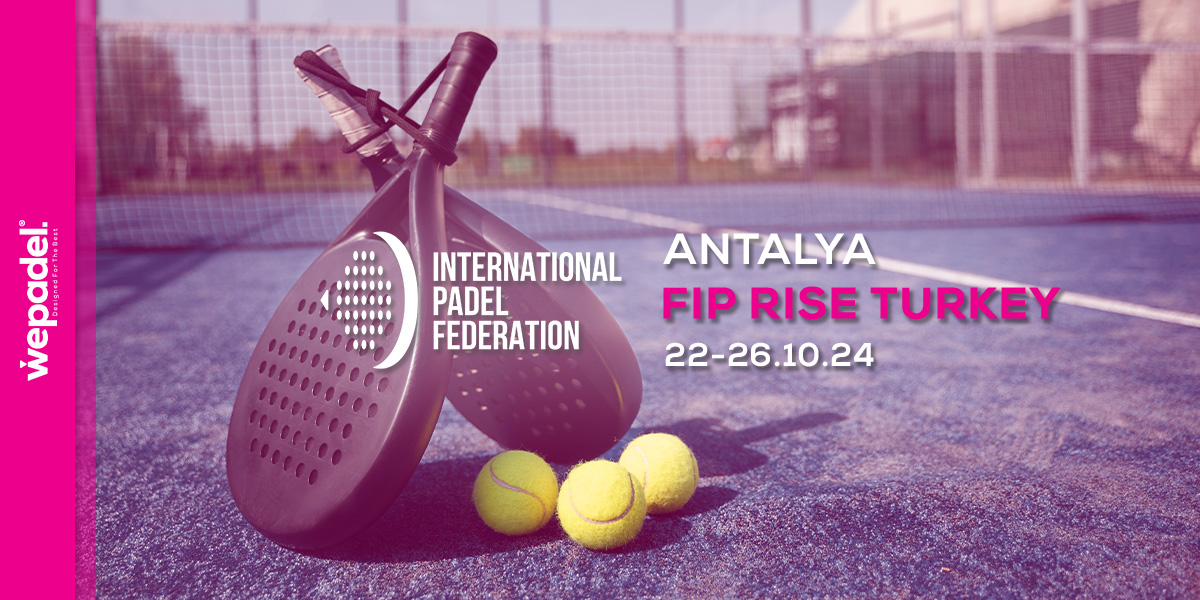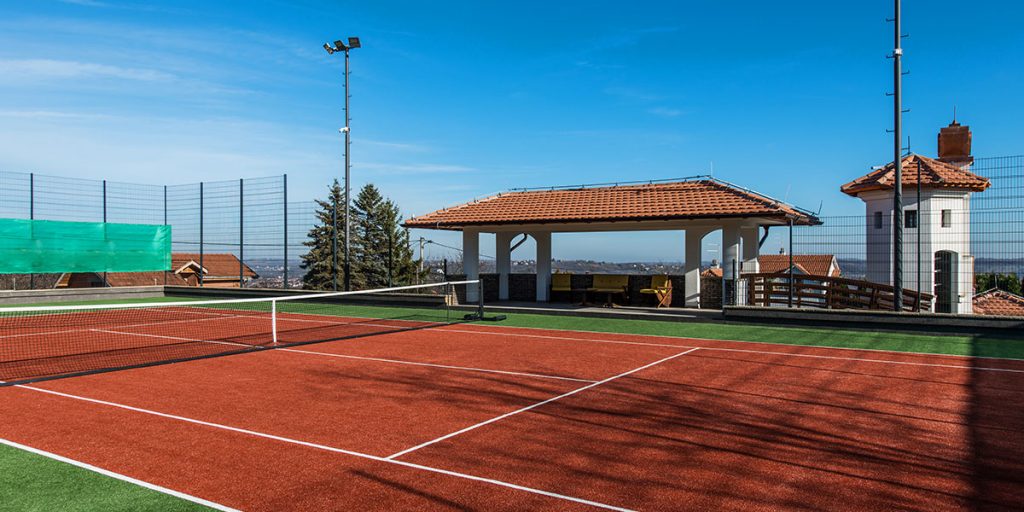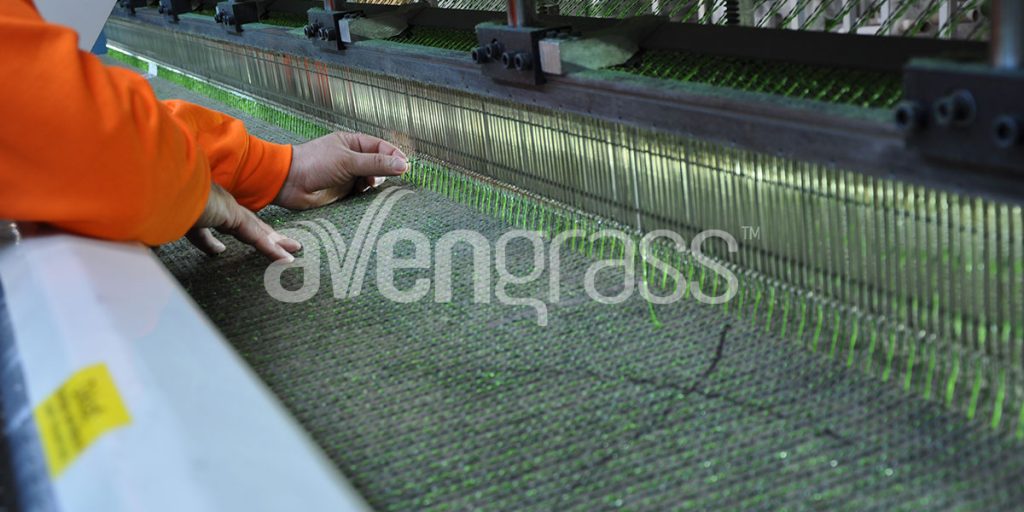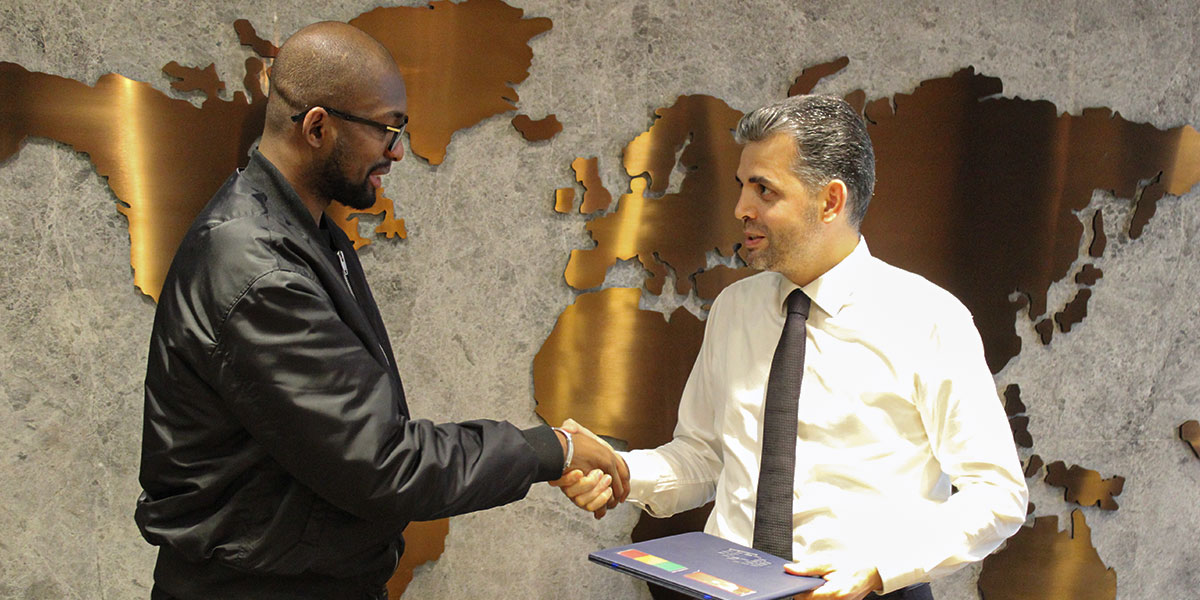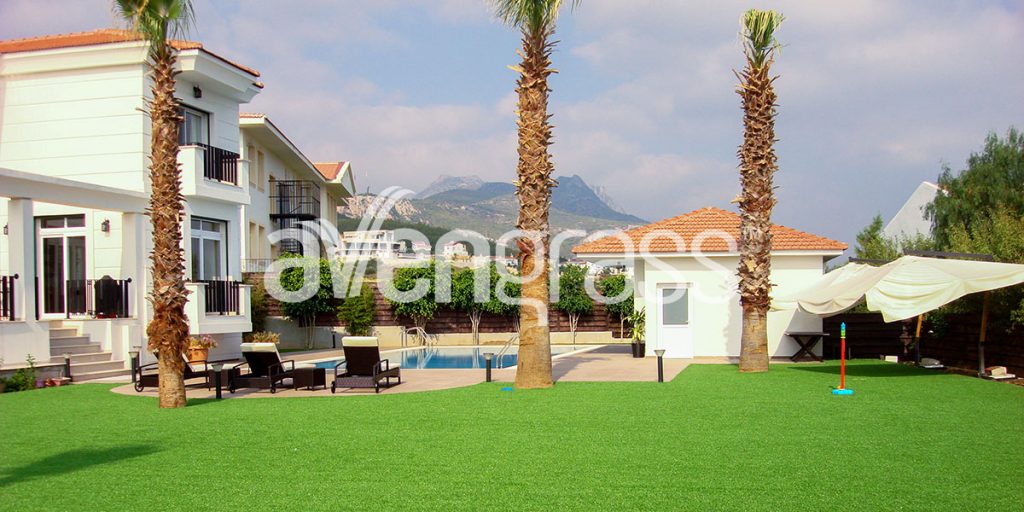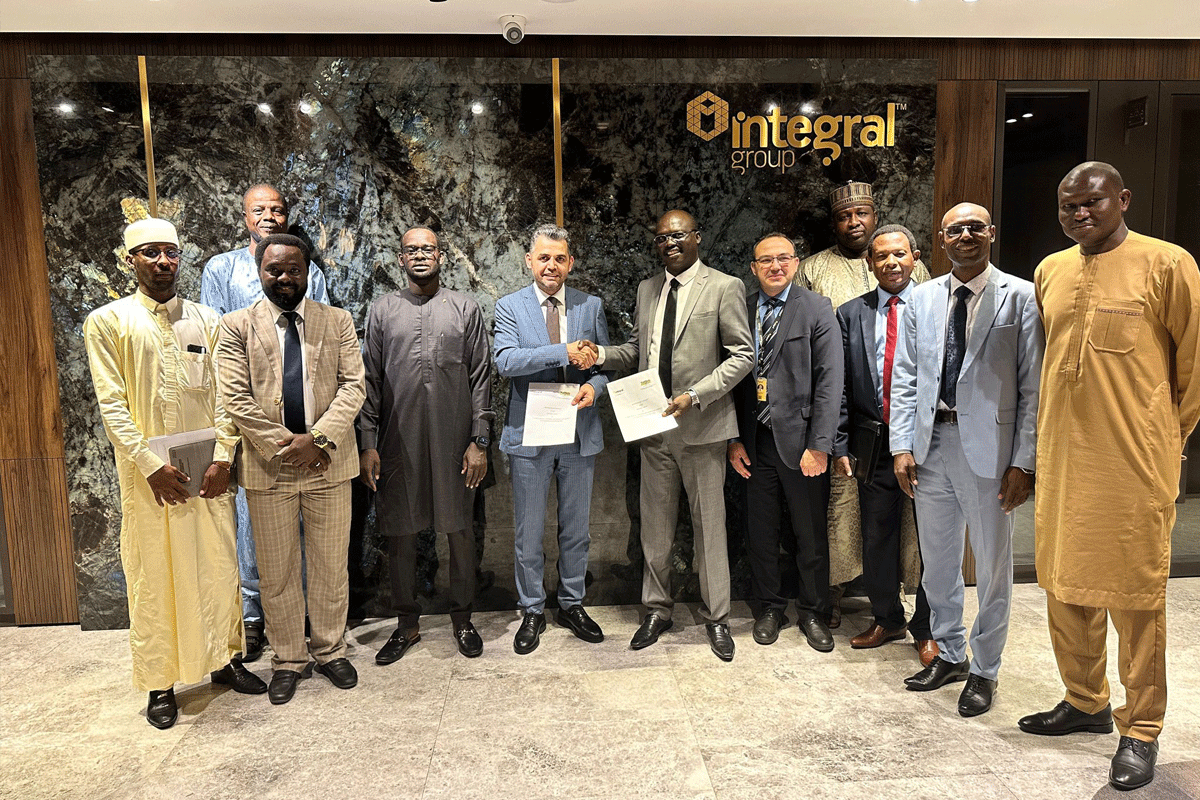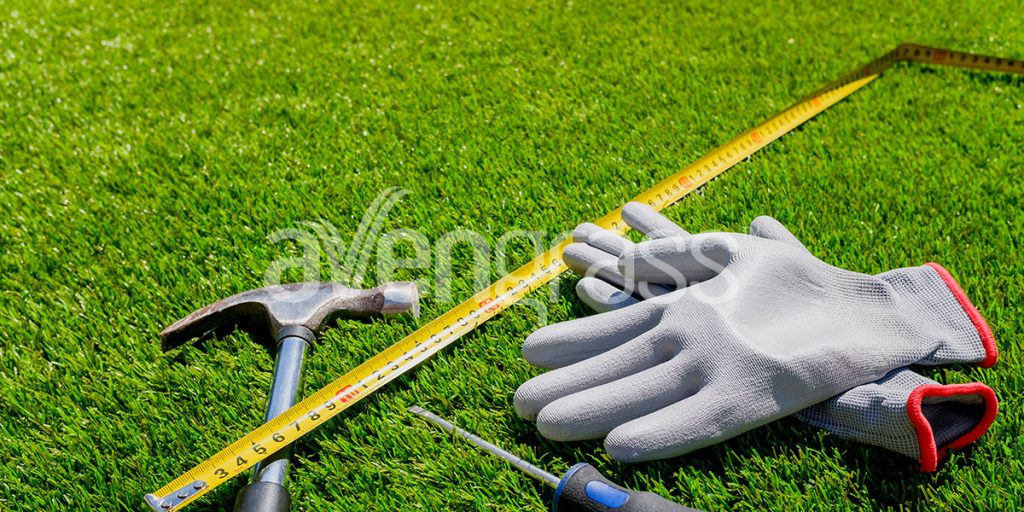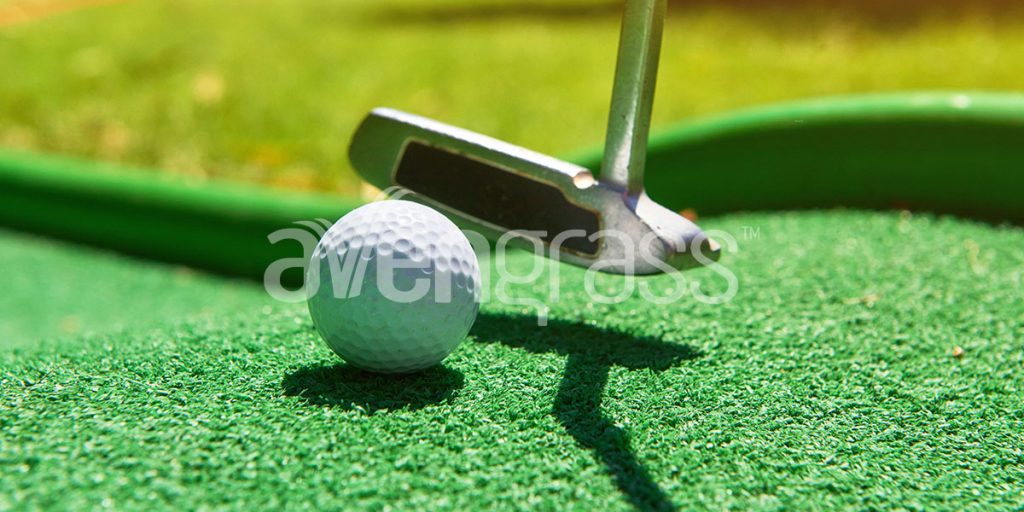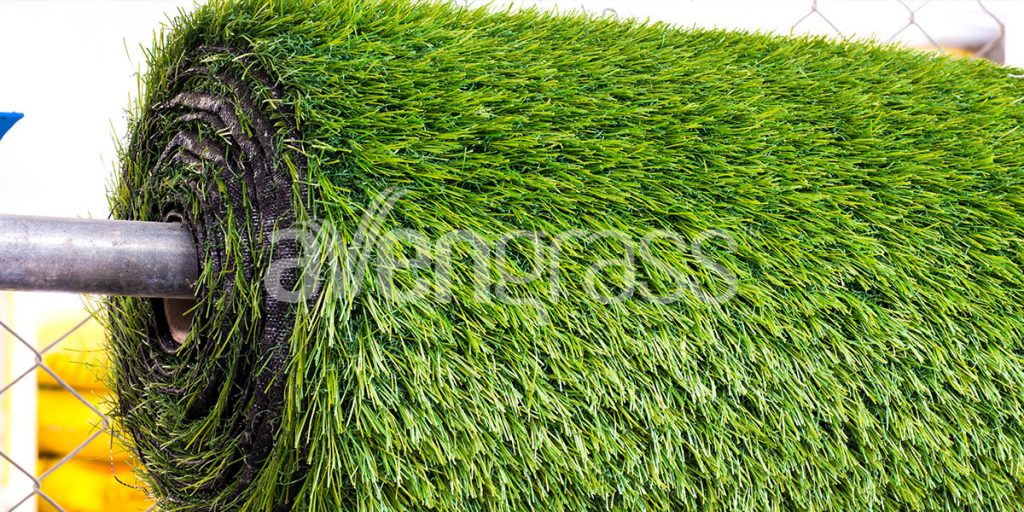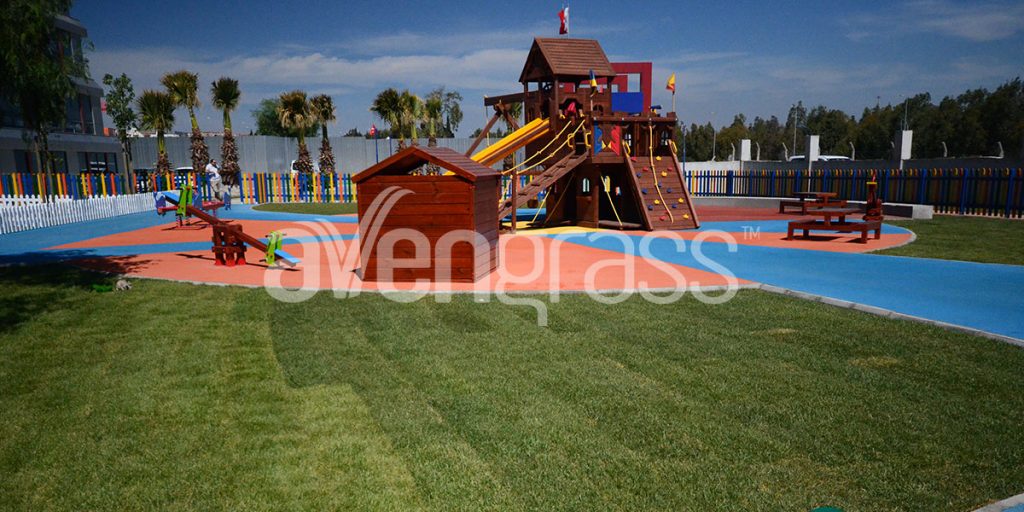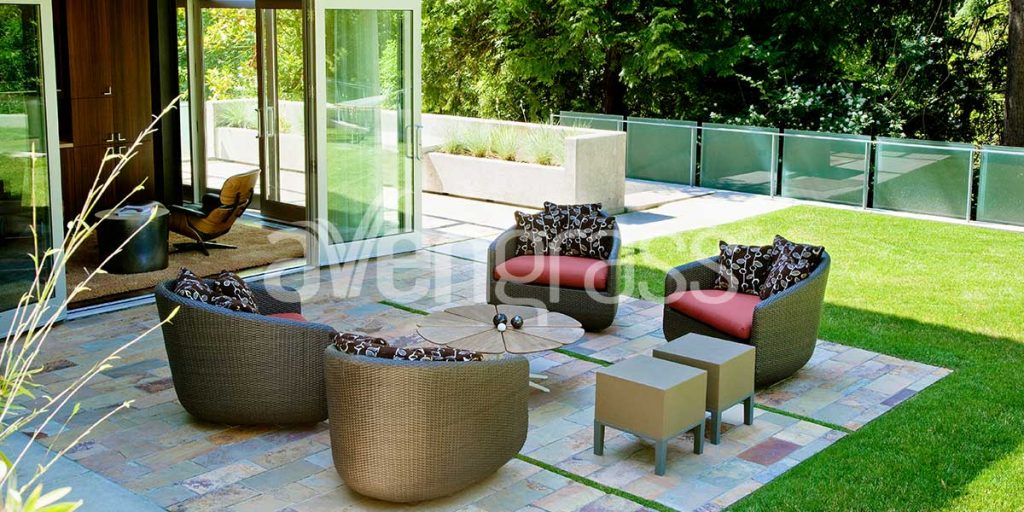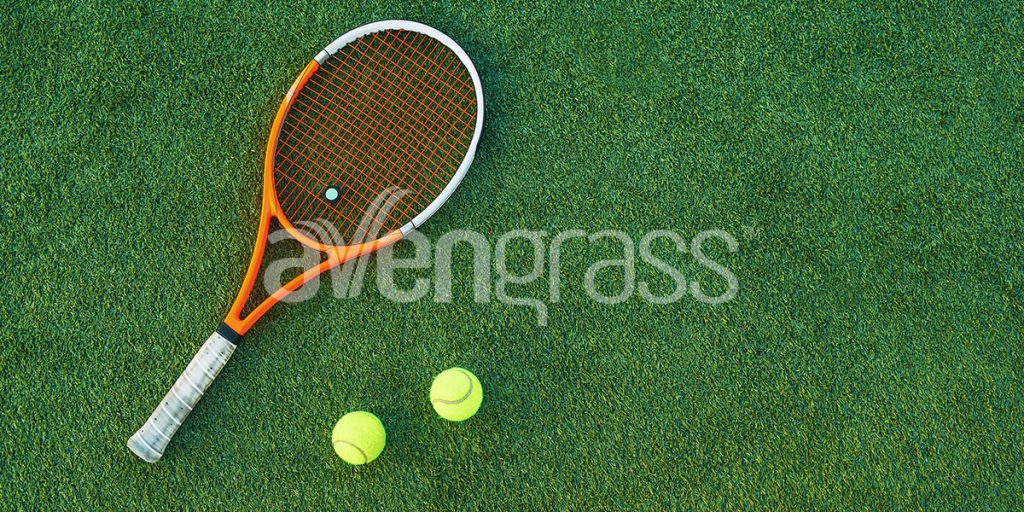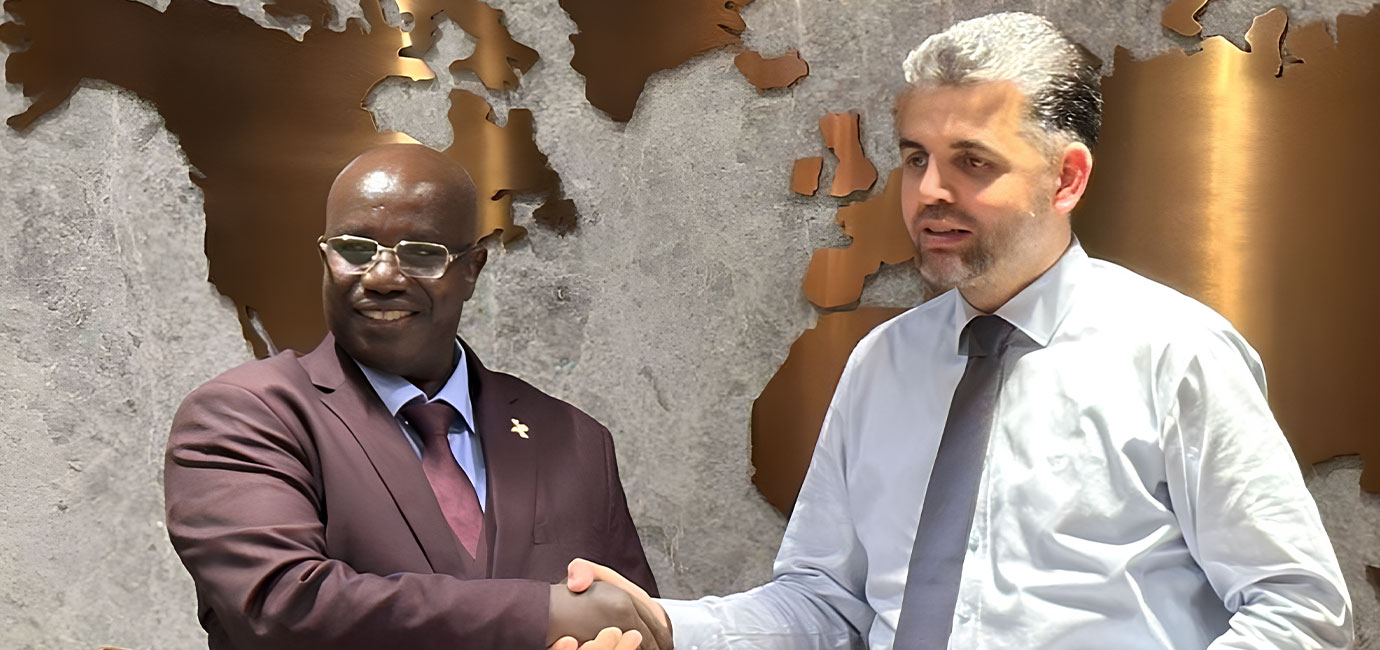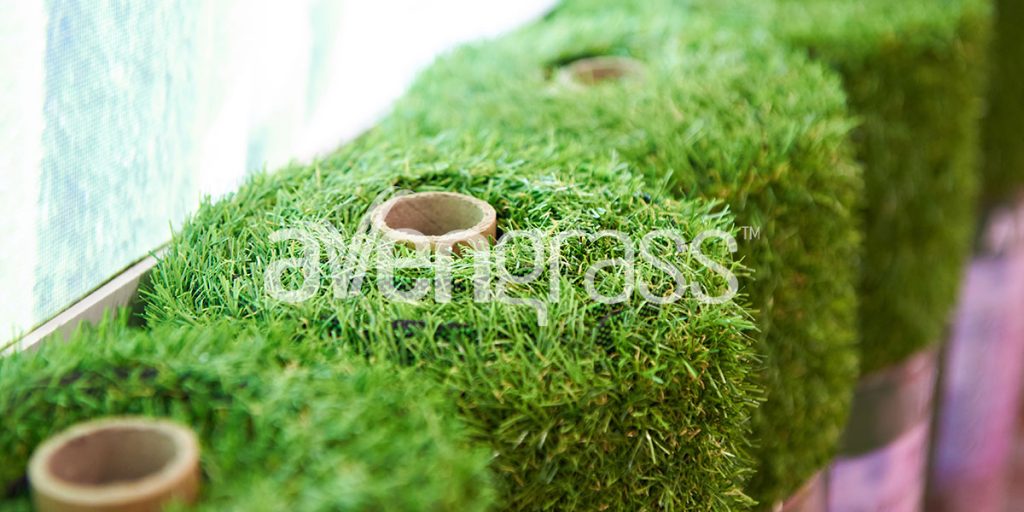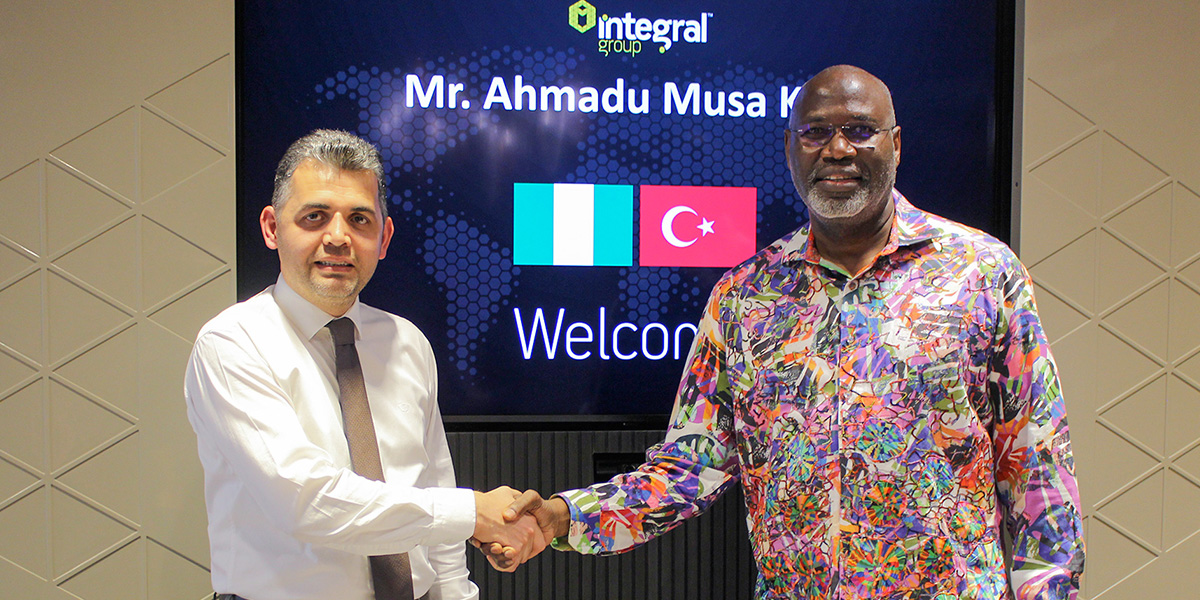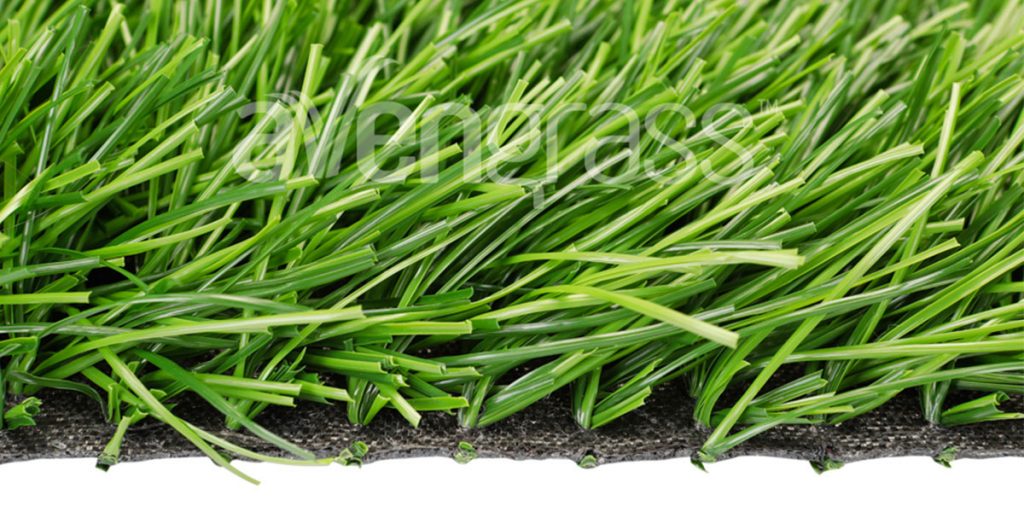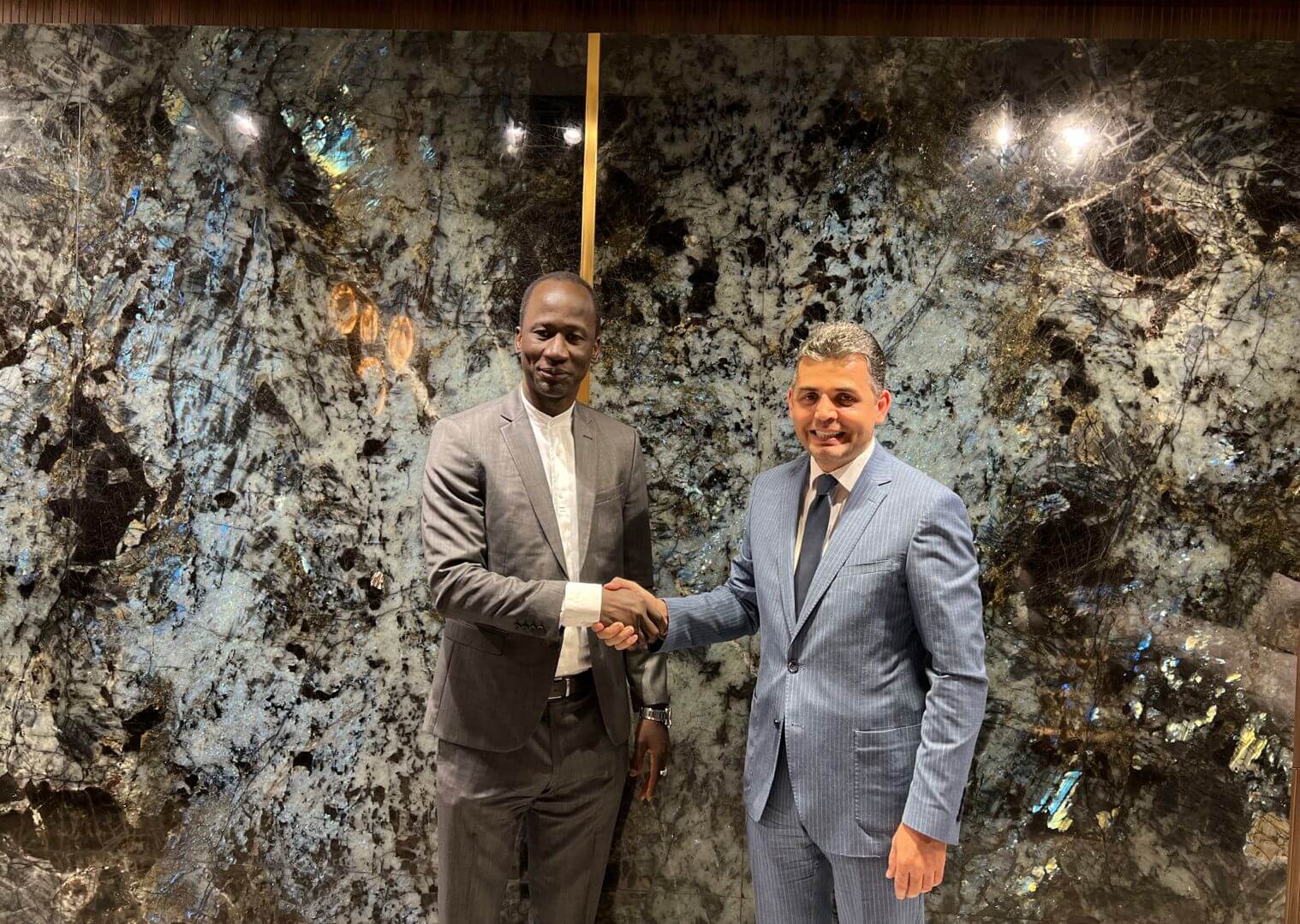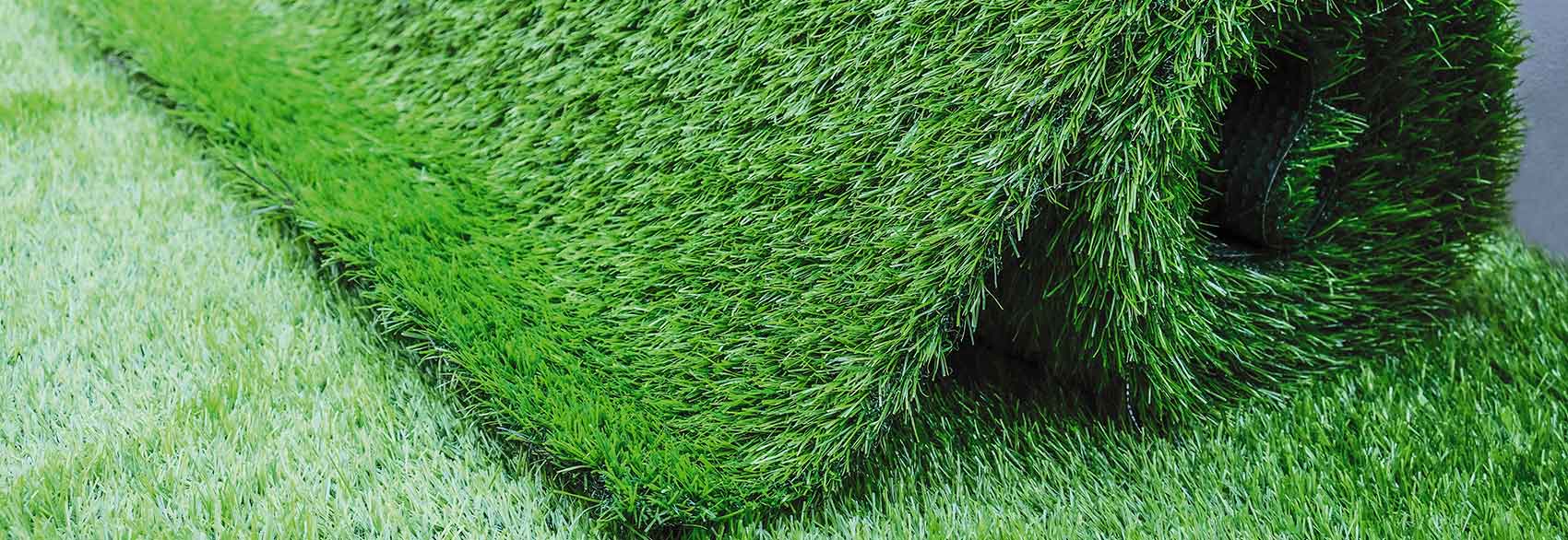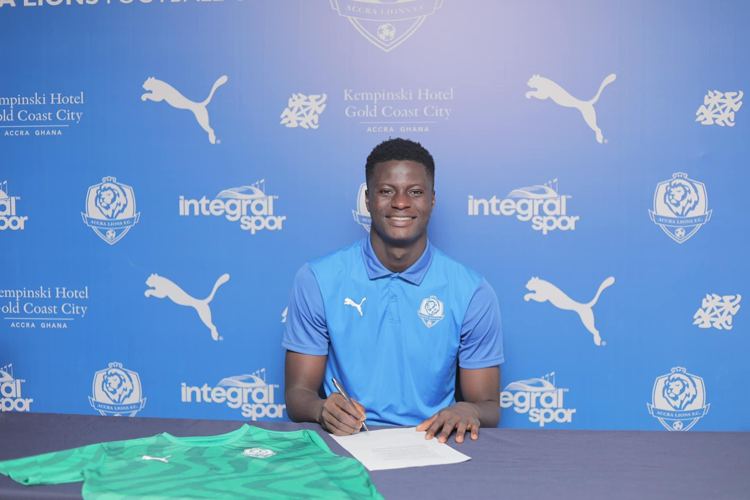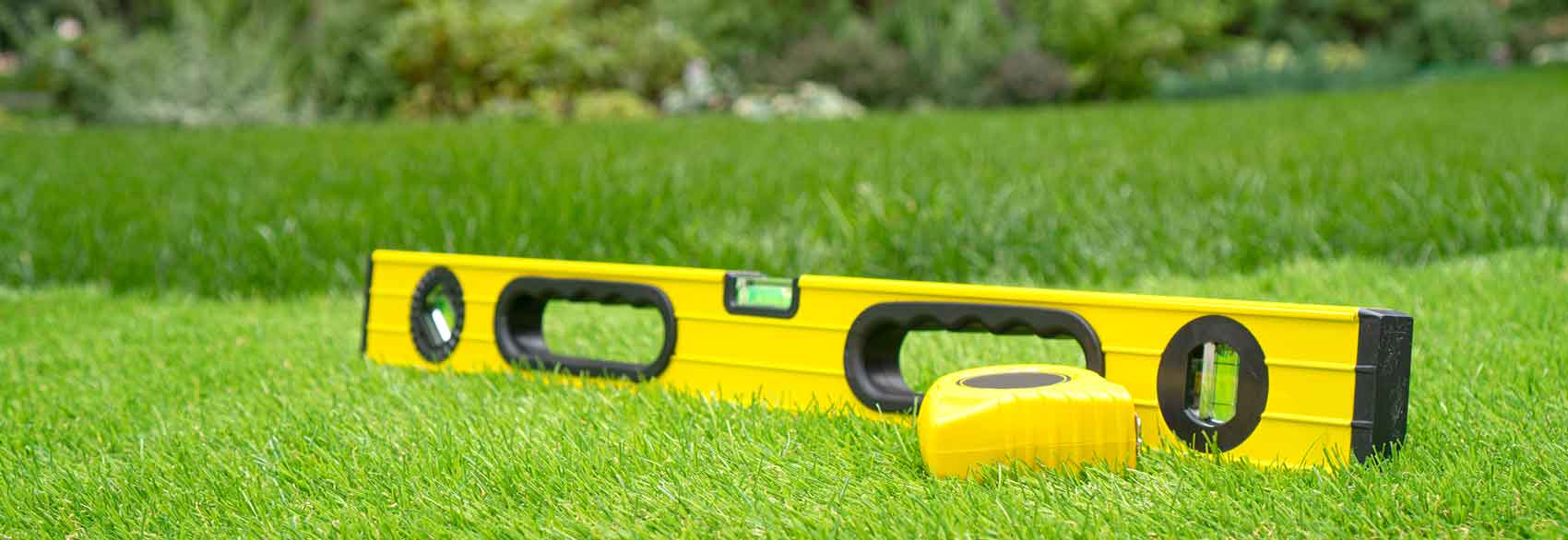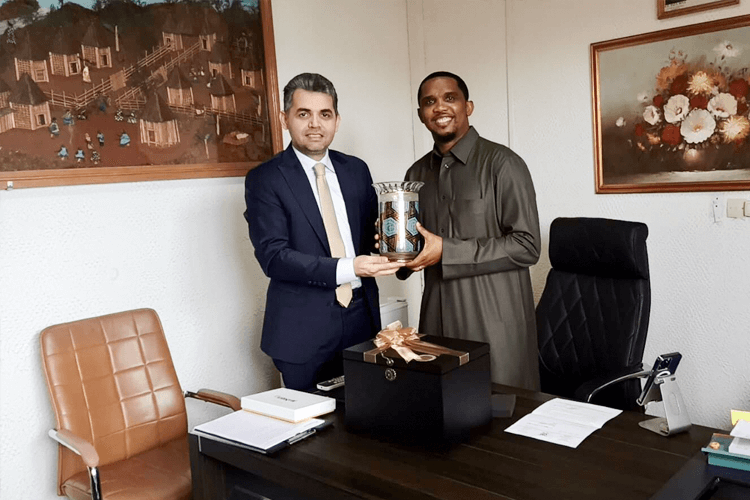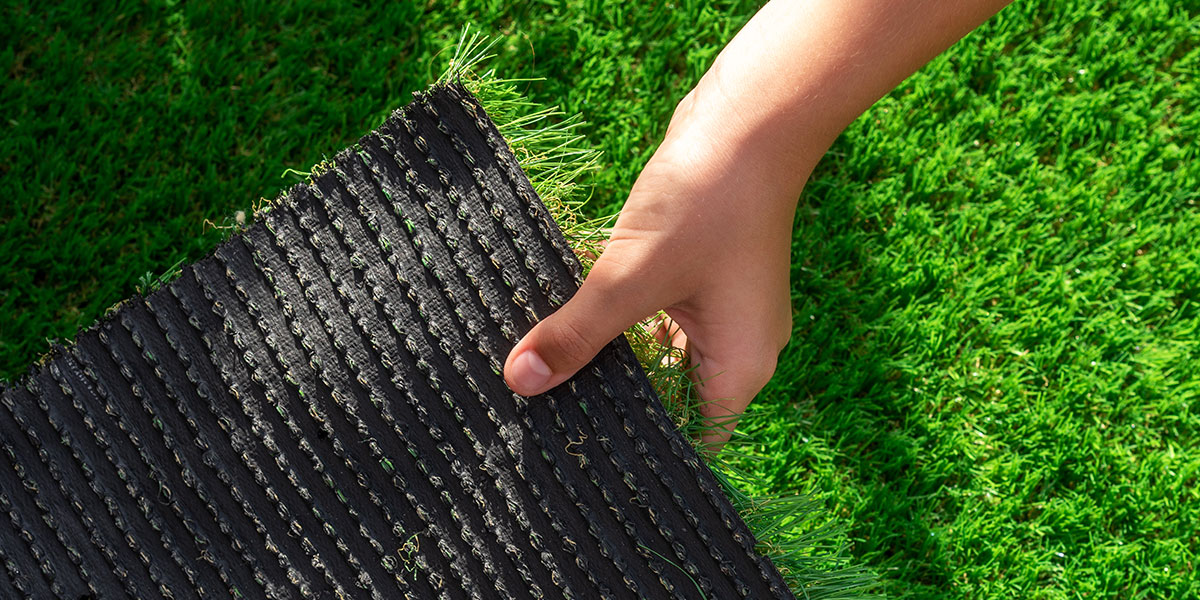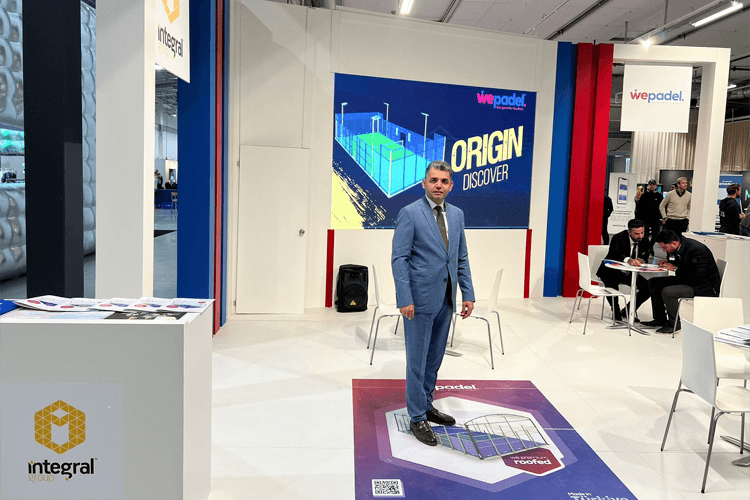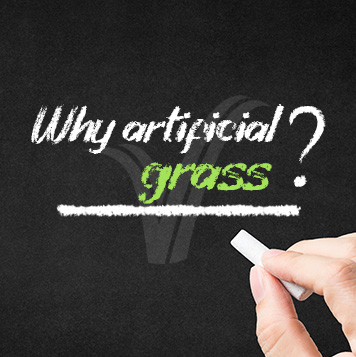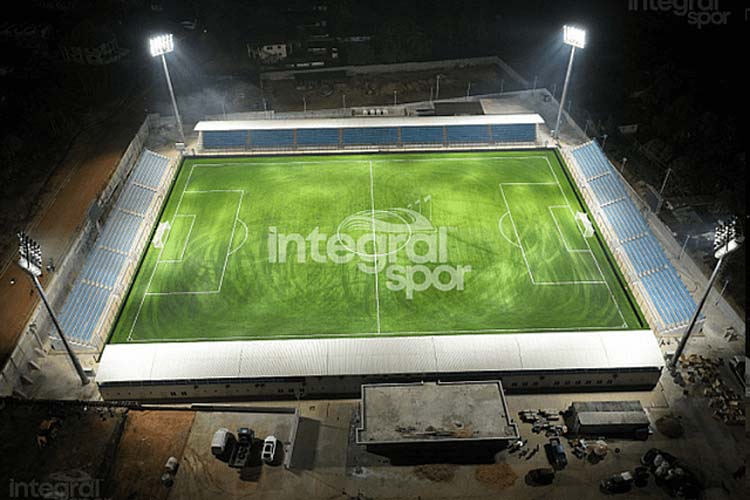Synthetic grass installation on the ground allows you to maintain a green space all year round and well-trimmed. This synthetic grass gives you the advantages of real grass without the disadvantages. To keep it for several years, certain criteria should not be overlooked when choosing a quality product. These include material, strength and density. Likewise, the ground must be prepared before laying it. If you long for an experience which will last for long years with the best synthetic grass, you are to take these criteria into consideration.
Synthetic Grass Roll
Synthetic grass installation on land has many advantages. Unlike real lawn, you do not have to mow it. You benefit from more free time but also save money by avoiding the purchase of a mower. In addition, it is ecological since it does not require watering. It requires little maintenance. You do not have to scarify. Artificial grass does not need any fertilizer or weeding. It does not have diseases and will not turn yellow. It remains green all year round, provided it is of good quality. It resists bad weather whether it is snow, rain, frost. The lawn tolerates UV rays and is not likely to burn under the effects of the sun. You will not find blades of grass on the floor of your interior. Therefore, artificial turf clearance is so easy. 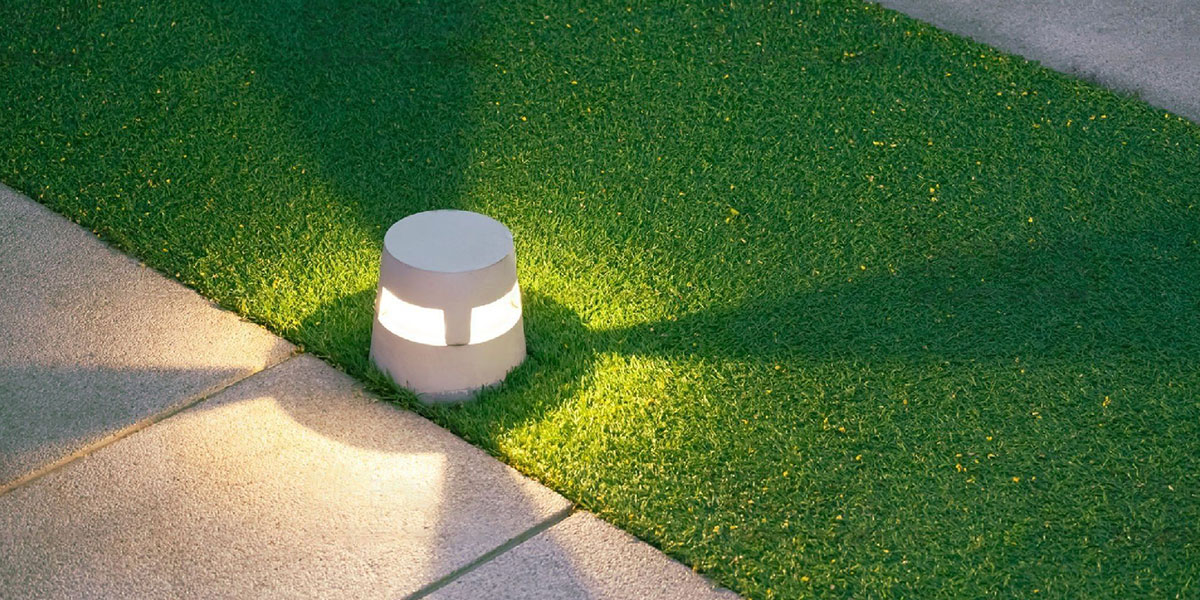 To enjoy this artificial lawn for a long time, the choice of the product and the laying of the artificial grass on the ground must be carried out with care. You will find this fake grass in rolls or tiles. The roller is recommended if the area is large. The tiles will be the best artificial grass for balcony.
To enjoy this artificial lawn for a long time, the choice of the product and the laying of the artificial grass on the ground must be carried out with care. You will find this fake grass in rolls or tiles. The roller is recommended if the area is large. The tiles will be the best artificial grass for balcony.
Synthetic Grass Installation Cost
Synthetic Grass installation cost may vary depending on the size of the area, material of the product, density of the grass, etc. We offer one of the best in the World. Apart from the best price on synthetic grass, the various criteria to be taken into account are:
- The material of the weft: this is the base on which the blades of grass rest. Its quality will depend in particular on its use. It is made of latex, the most common, polyurethane, ideal for temperature variations, polyethylene, very resistant;
- Fiber material: the fibers that make up the blades of grass are either polyethylene or polyurethane. Polyamide can also enter into the composition. The strength and solidity depend on the material;
- The height of the blades of grass: There are different heights. For a mowed lawn, you will opt for a maximum height of approximately 20 mm. Above, the grass will be considered tall;
- The uprooting resistance of the blades of grass: it is measured in Newton’s and must be at least 45;
- Density: this is the number of tufts of blades of grass per m²;
- Weight: the heavier the fake lawn, the denser it is. Good quality corresponds to 3 kg/m²;
- Permeability: the frame has drainage holes that allow water to escape. A quality product has a minimum flow of 30 liters per minute and per m²;
- The lifespan: for a quality artificial turf, the lifespan is on average 25 years;
- The manufacturer's warranty: it is advisable to opt for a minimum 10-year warranty.
How to Install Synthetic Grass On Concrete
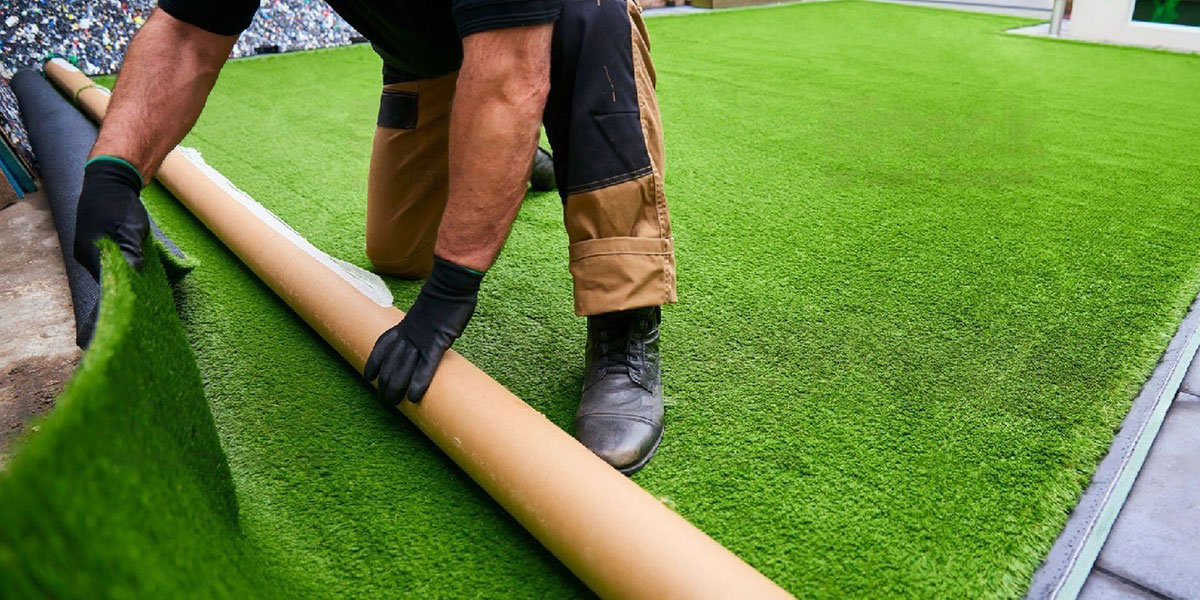
- Thoroughly clean the concrete surface
Remove pebbles, rubble, dust, etc.
- Check the leveling
Perform a brief analysis to verify that the concrete slab is correctly leveled.
- Check slopes and flow
Continue this brief analysis by observing how the water flows. The grass you are going to lay is completely permeable and this permeability will not affect the flow of water in any way.
- Install the synthetic grass
Once the concrete slab has been properly prepared, all you have to do is unroll the artificial grass on it, directly.
- Take a break during the pose
At this stage, you will take a break of a few hours: before fixing the lawn, it is essential to let it work with the temperature differences so that it expands and “falls into place”. This intermission of 3 or 4 hours is essential.
- Glue the grass to the concrete
In order for a synthetic turf to be able to continue to work with temperature variations over its entire surface, it must be fixed to the ground only on its periphery. In conclusion, the best synthetic grass finds its place wonderfully on balconies and terraces. These previous explanations break down the steps for laying artificial turf on a concrete slab, but all these tips remain valid for hardest substrates: tiling, paving, leveling. Each project is unique and whatever your questions, do not hesitate to contact us.


